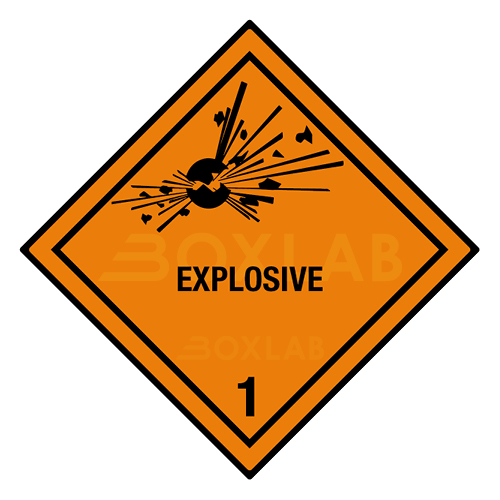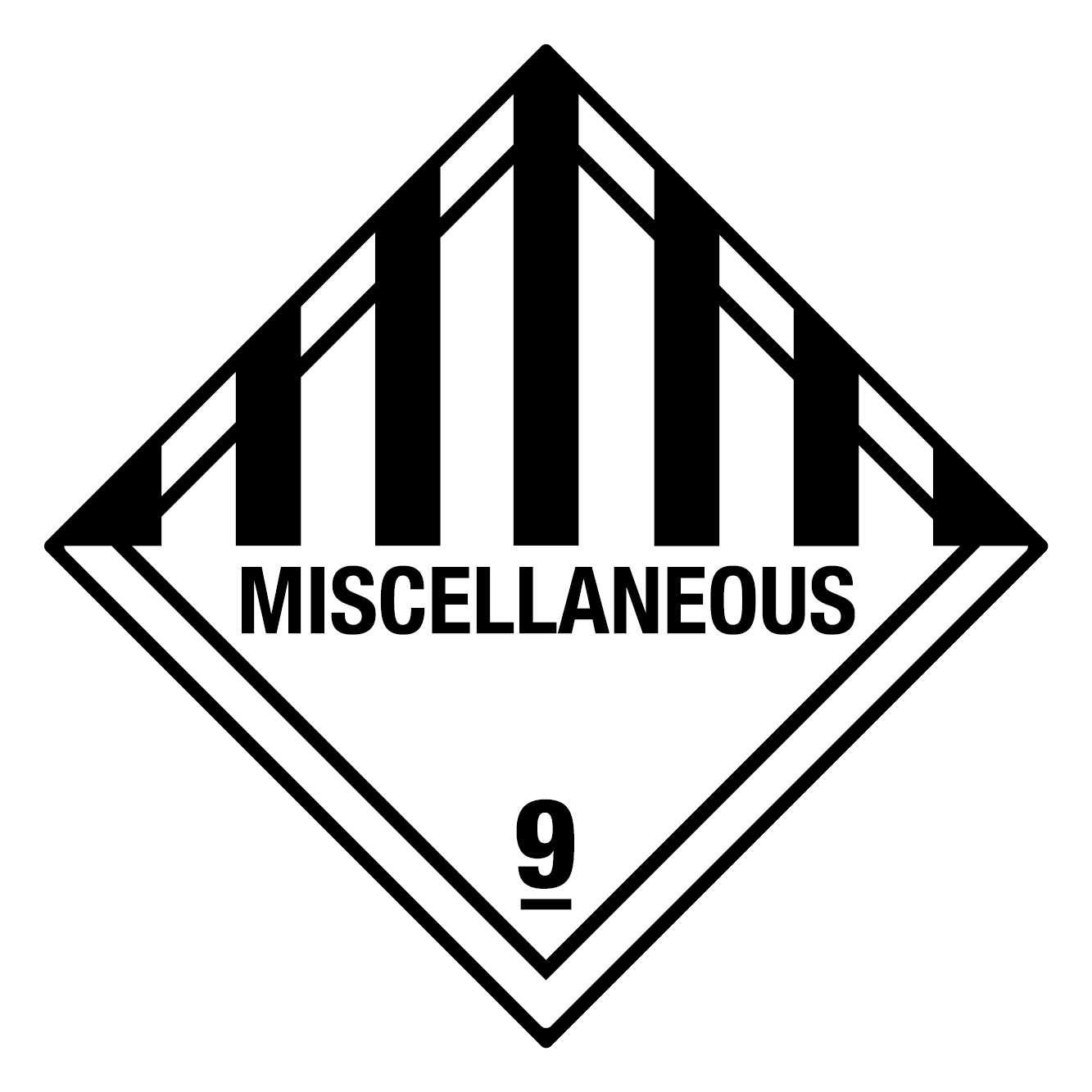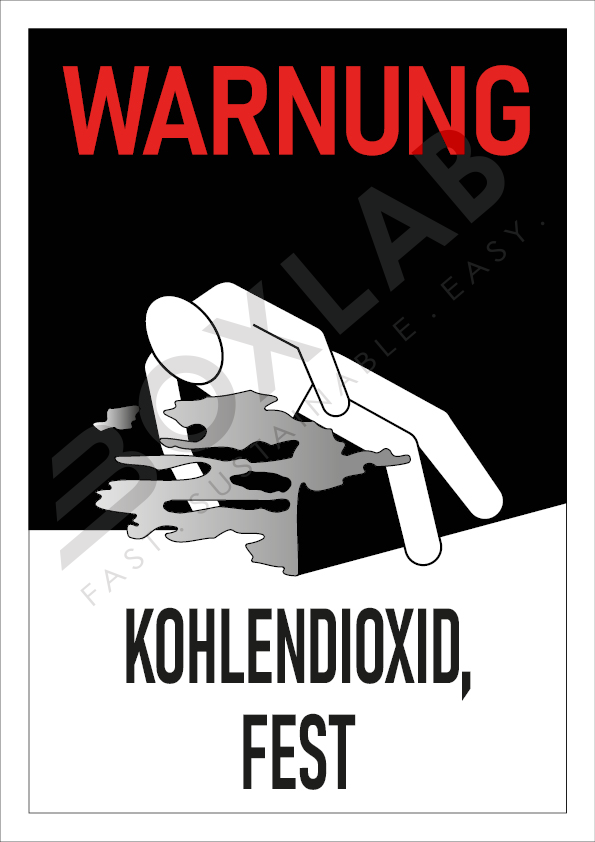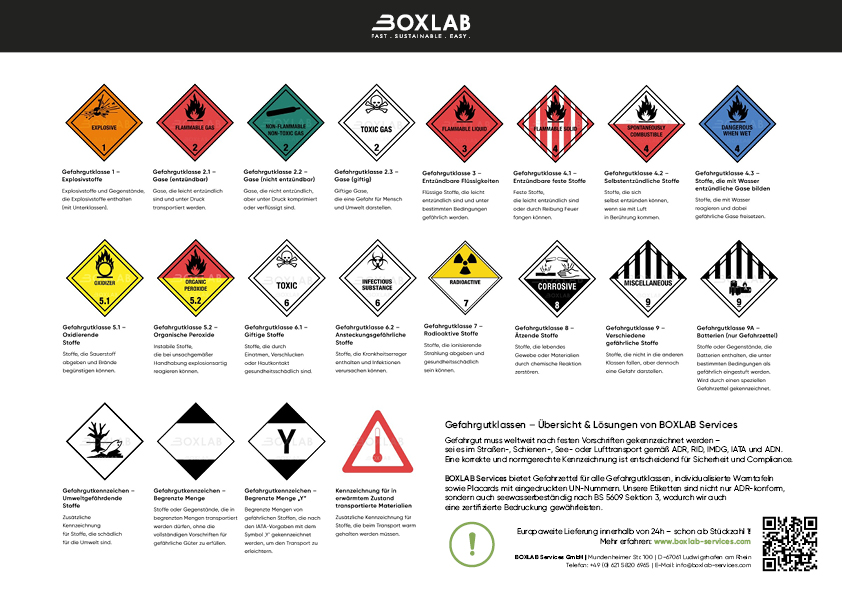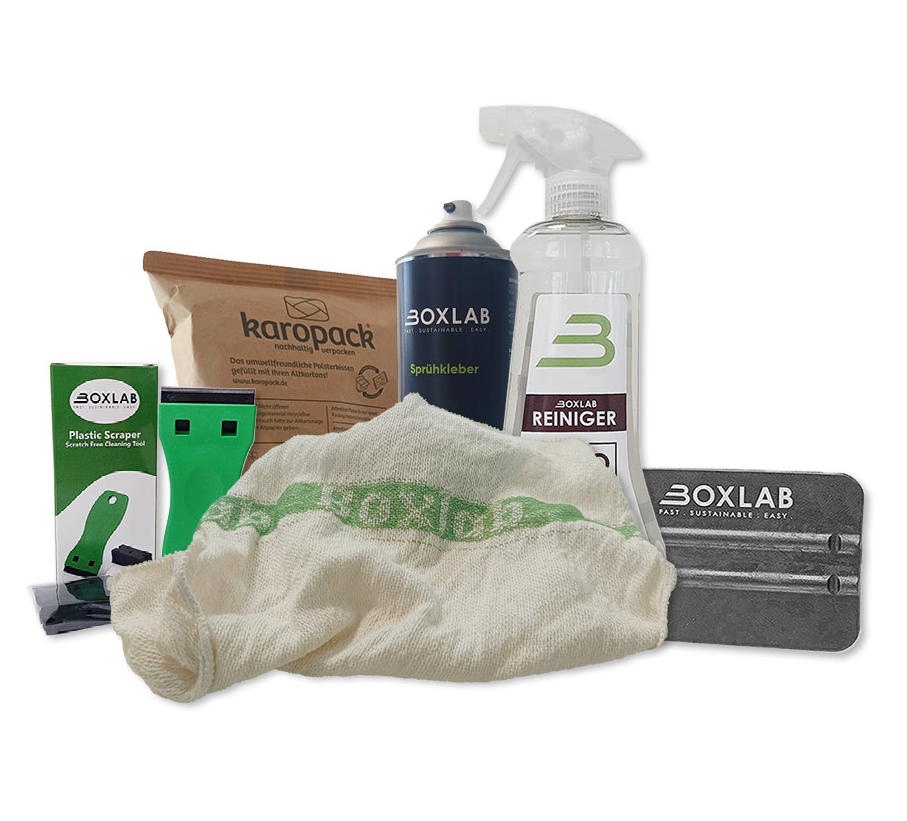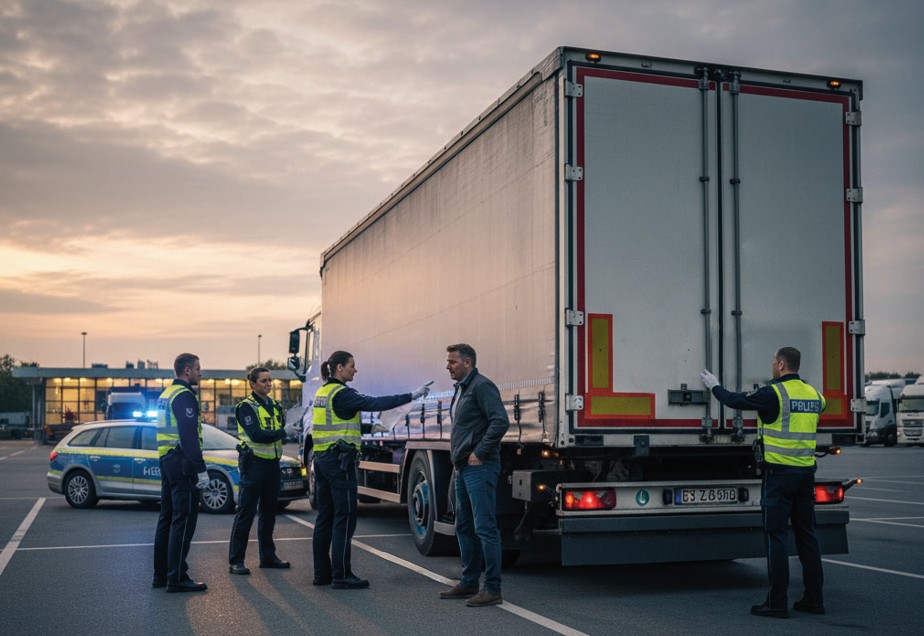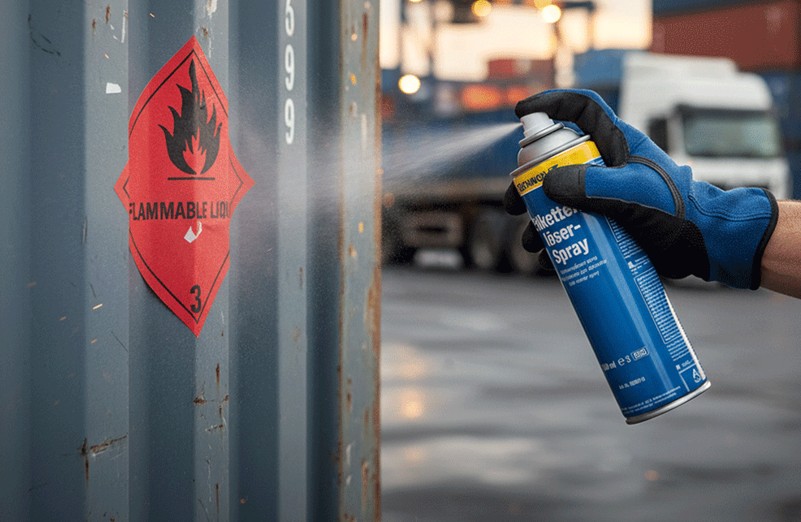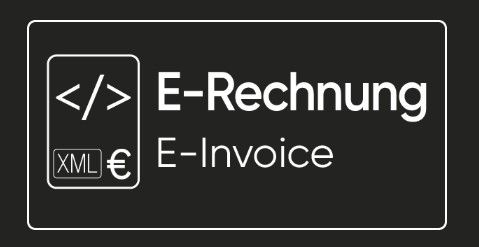Not all dangerous goods are the same. While many substances are subject to standardized transport and storage requirements, there are “special dangerous goods” that require particularly demanding safety measures due to their chemical, physical or radiological properties. Lithium batteries, radioactive substances, explosives, dry ice or environmentally hazardous chemicals – they all pose individual challenges that go far beyond the classic labeling requirements.
At BOXLAB Services, we are not only suppliers of dangerous goods labels, but also experienced specialists in correct labeling and safe handling. Our solutions are precisely tailored to the strict regulations of international dangerous goods regulations (ADR, IATA, IMDG, RID) and meet the highest requirements in terms of durability, legibility and conformity to standards.
Special dangerous goods
In this specialist area, we delve deep into the world of so-called “special hazardous goods”. We explain the most important properties, risks and regulations and show which markings and measures are required for safe handling. Because only with practical expertise can accidents be avoided and legal requirements reliably fulfilled.
MORE ABOUT DANGEROUS GOODS
Overview of special dangerous goods
Some hazardous materials pose particularly high demands on safety and handling due to their chemical or physical properties. These include:
- Lithium-ion batteries
- Radioactive substances
- Explosives & pyrotechnics
- Refrigerated & dry ice transport
- Environmentally hazardous substances
The following sections explain the key properties, risks, and regulations of these categories.
Lithium-ion batteries
Lithium-ion batteries are high-performance energy storage devices with a high energy density and are used in a wide range of applications, from smartphones and laptops to electric vehicles. Due to their chemical composition, they pose specific risks, particularly concerning thermal runaway and the associated fire and explosion hazards.
According to ADR Special Provision 188 (SV 188), certain lithium-ion batteries can benefit from simplified transport conditions. This regulation facilitates transportation, especially when the batteries are packaged in or with devices.
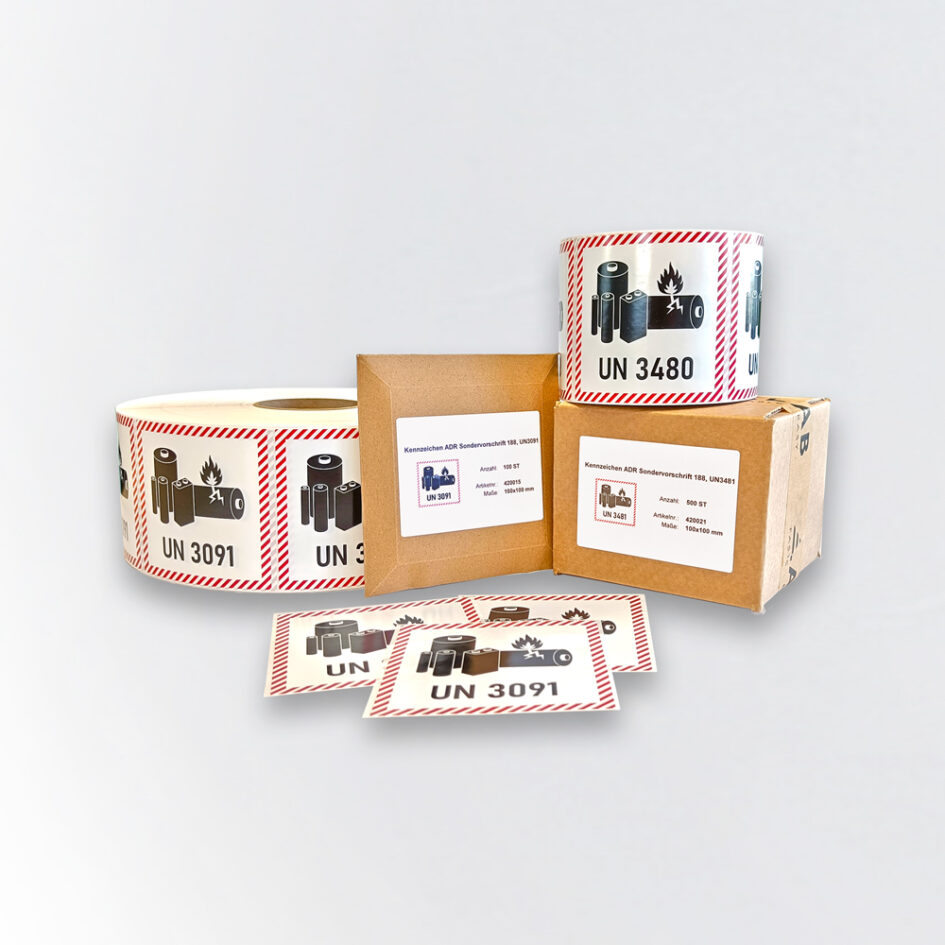
Produktinformationen "Kennzeichen ADR Sondervorschrift 188, UN3481, 3480, 3490, 3491, 100x100mm" Gefahrgutetikett "Gefahrzettel" gem. ADR, RID, IATA, IMDG Code Alle Gefahrzettel sind im Standardformat 100x100mm und sind seewasserbeständig gemäß BS 5609 Sektion III. Gefahrzettel von BOXLAB Services haben standardmäßig eine schwarze Konturlinie und liegen qualitativ über ADR-Anforderungen. Mit jeder Aktualisierung des ADR prüfen wir unsere Gefahrzettel auf ihre Gültigkeit, so erhalten Sie stets die neusten und aktuellsten Layouts und Spezifikationen. Material Alle Gefahrgutetiketten von BOXLAB Services bestehen aus einem speziellem Material und sind daher besonders wetterfest, Öl und Schmutz abweisend. Das Material zeichnet sich durch eine hohe Flexibilität aus, sodass es sich auch auf gekrümmten Oberflächen gut anpasst. Dabei bleibt es sehr temperaturbeständig. Der spezielle, nach BS 5609 Sektion III zertifizierte Klebstoff haftet auch auf kritischen Oberflächen außergewöhnlich gut. Aufbringung: Es wird empfohlen mit entsprechender Vorreinigung (BOXLAB Bio Reiniger, Art. 610002) sowie einem Rakel (BOXLAB Rakel, Art. 610001) die Gefahrgut- und Gefahrstoffetiketten aufzubringen, um die optimale Haftkraft herzustellen. Für die Entfernung alter Gefahrstoff- und Gefahrgutetiketten wird ein verletzungssicherer Schaber (BOXLAB Sicherheitsschaber, Art. 610003) empfohlen.
It is important to note that with the ADR 2025 amendment, sodium-ion batteries have also been included in the regulations. These batteries are now also subject to specific requirements regarding their labeling and packaging to ensure safe transport and storage.
Despite the conditions being eased in certain cases, correct labeling and proper packaging are essential. Compliance with the specified limits and regulations helps to minimize risks and ensure safety when handling these energy storage devices.

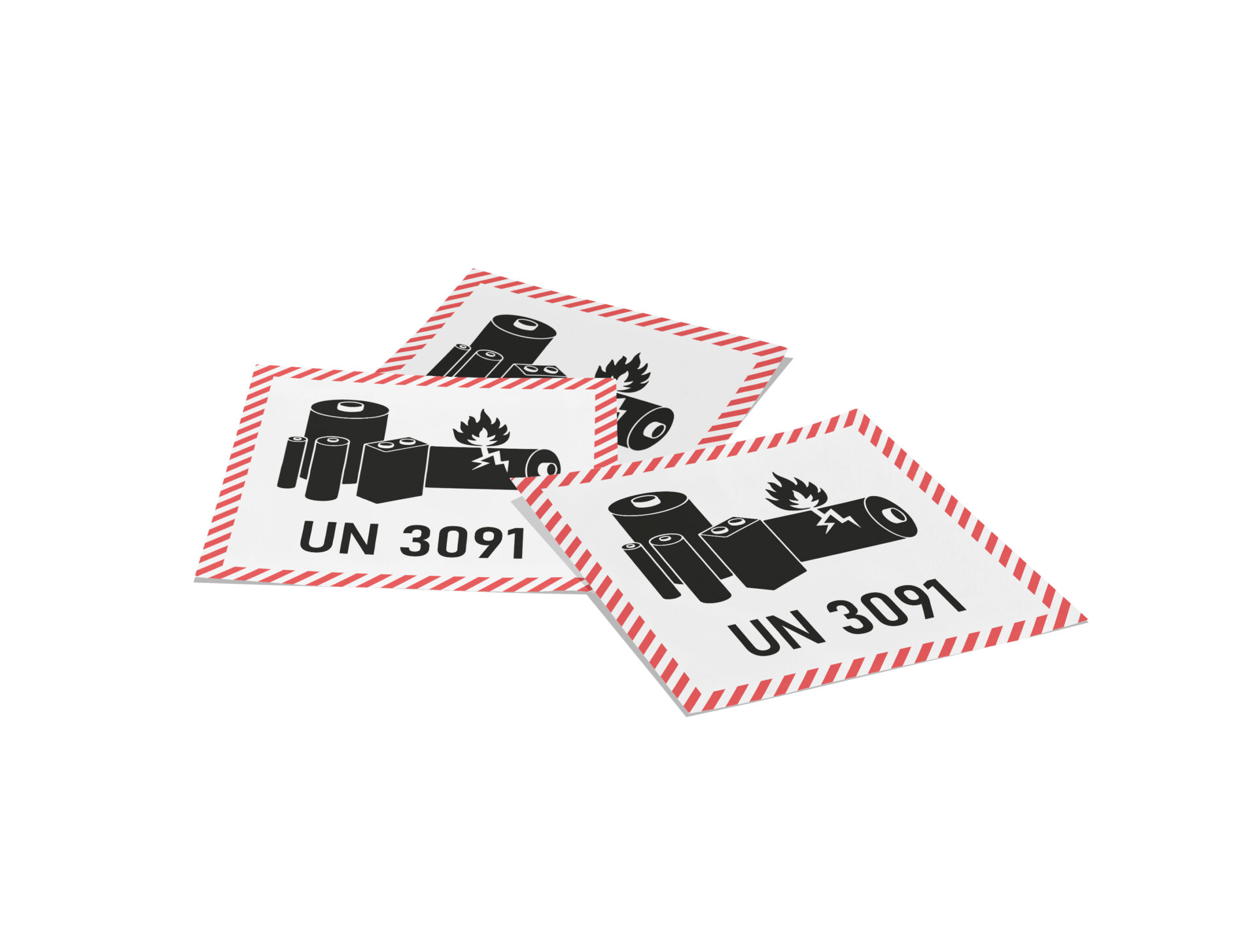
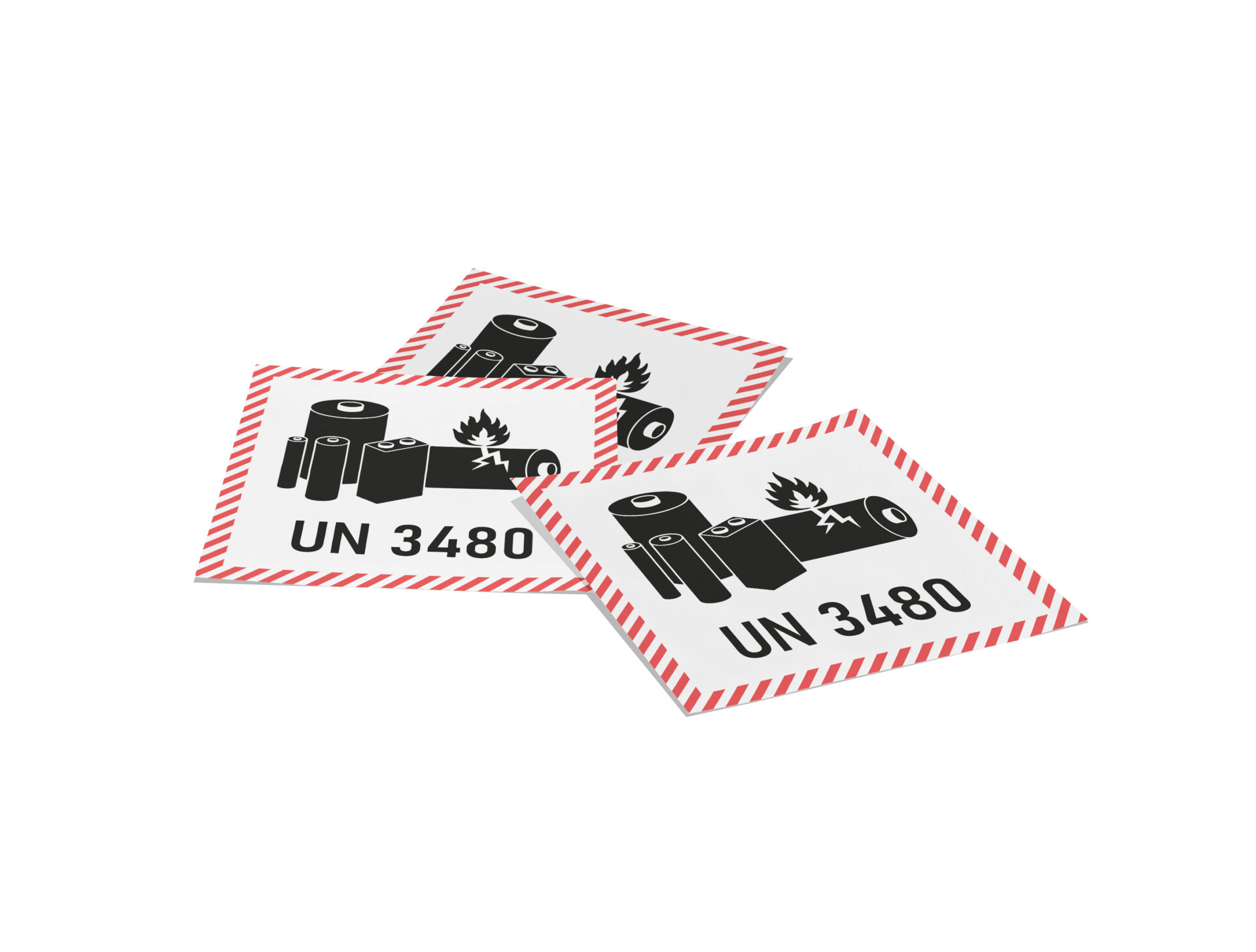

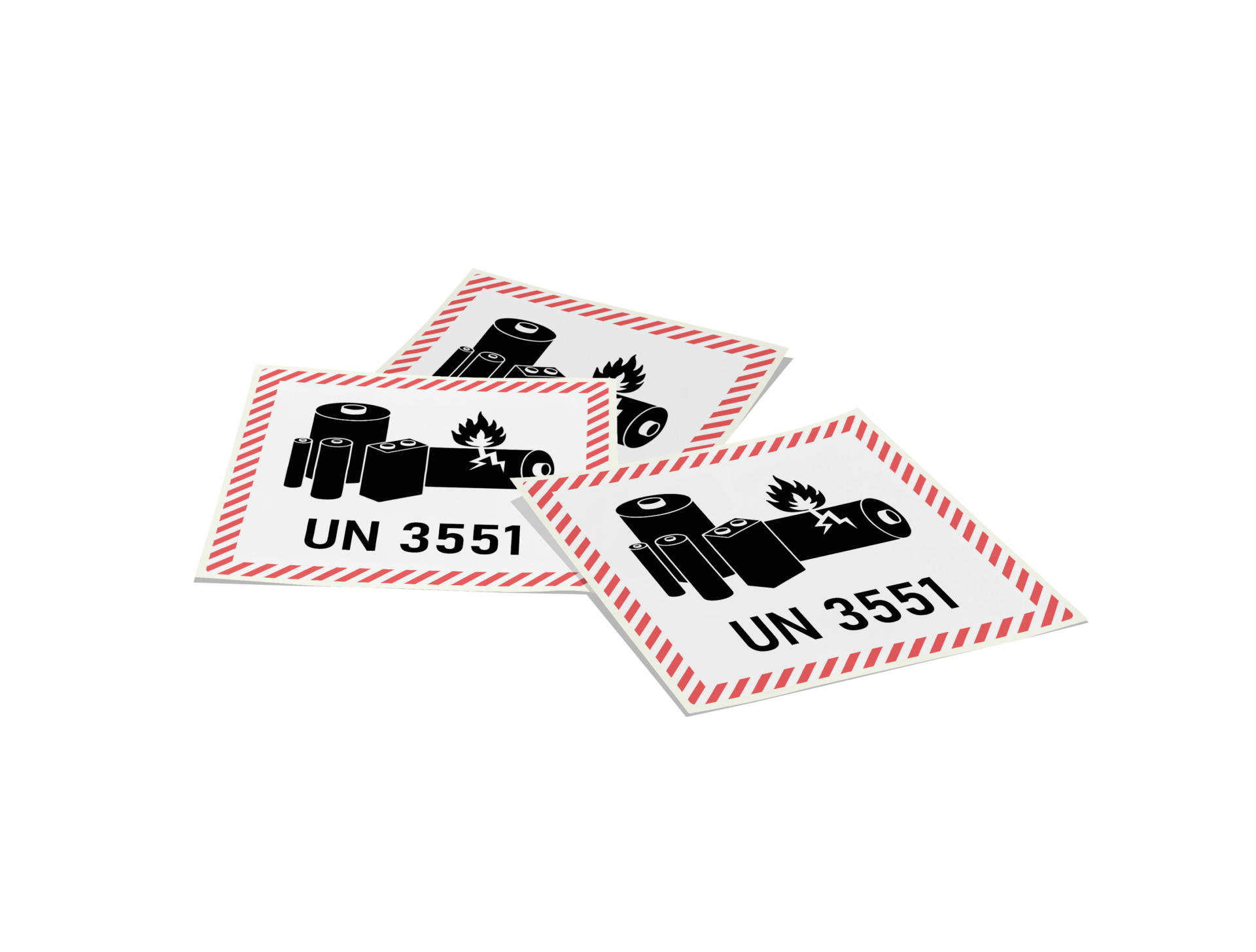
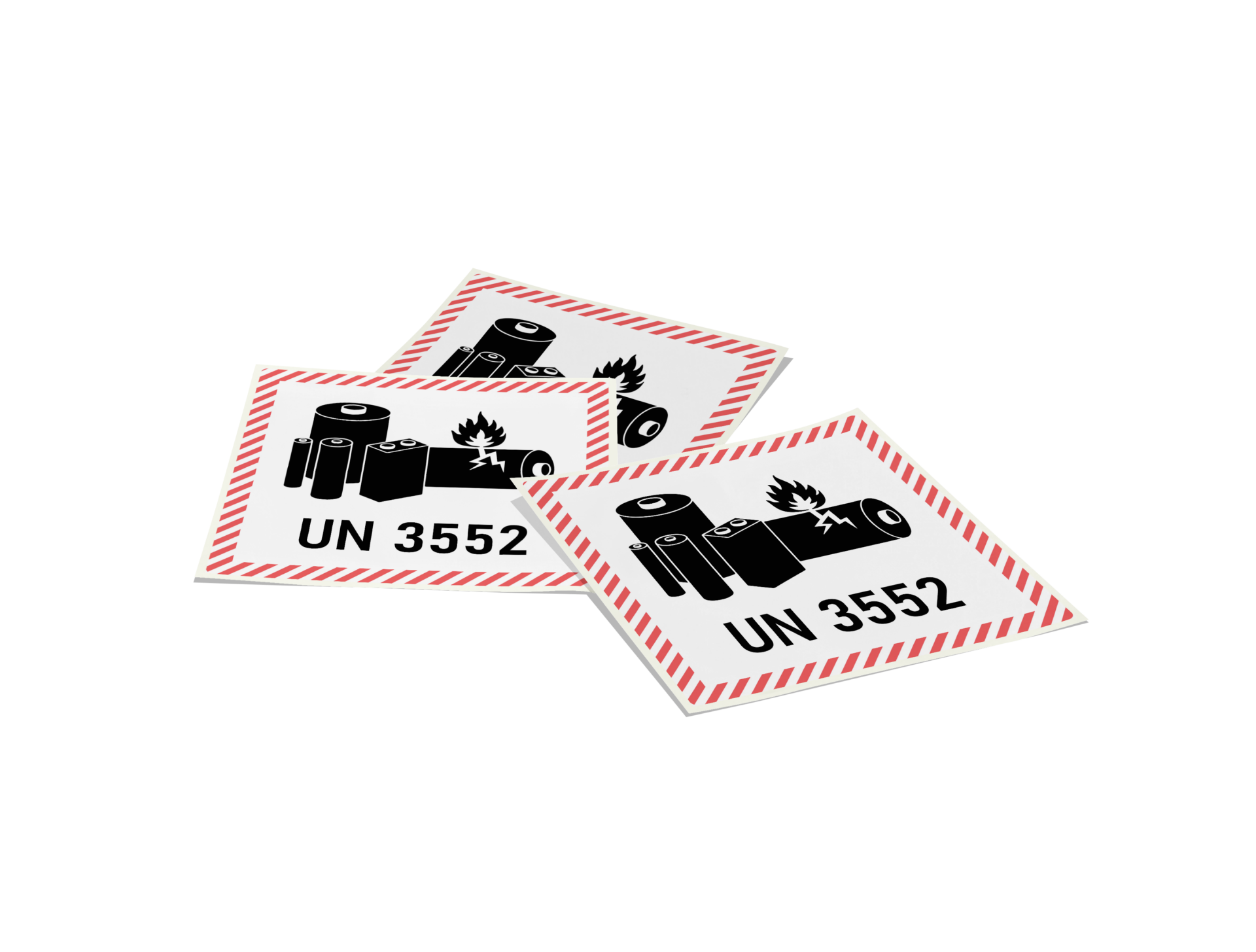
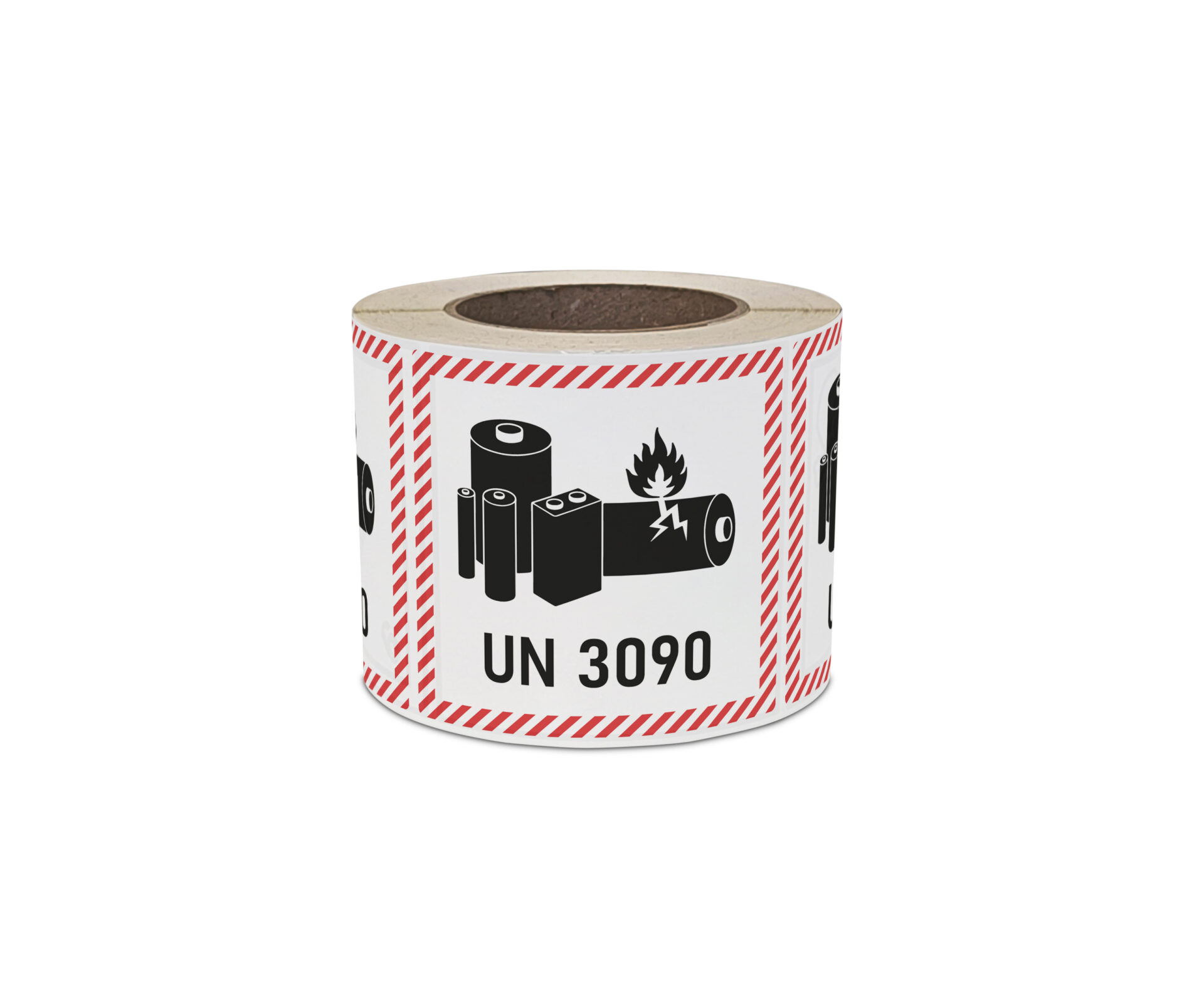
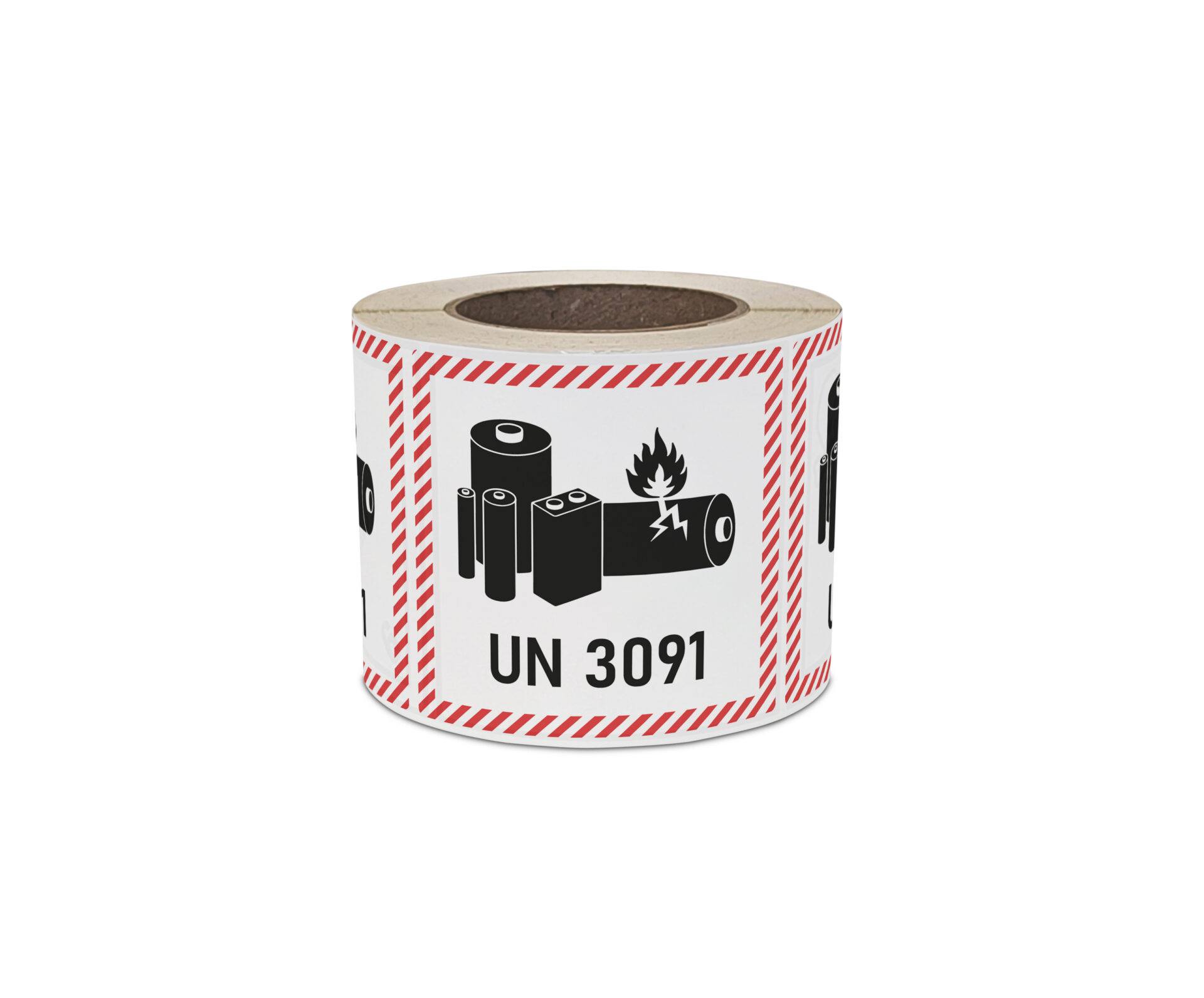

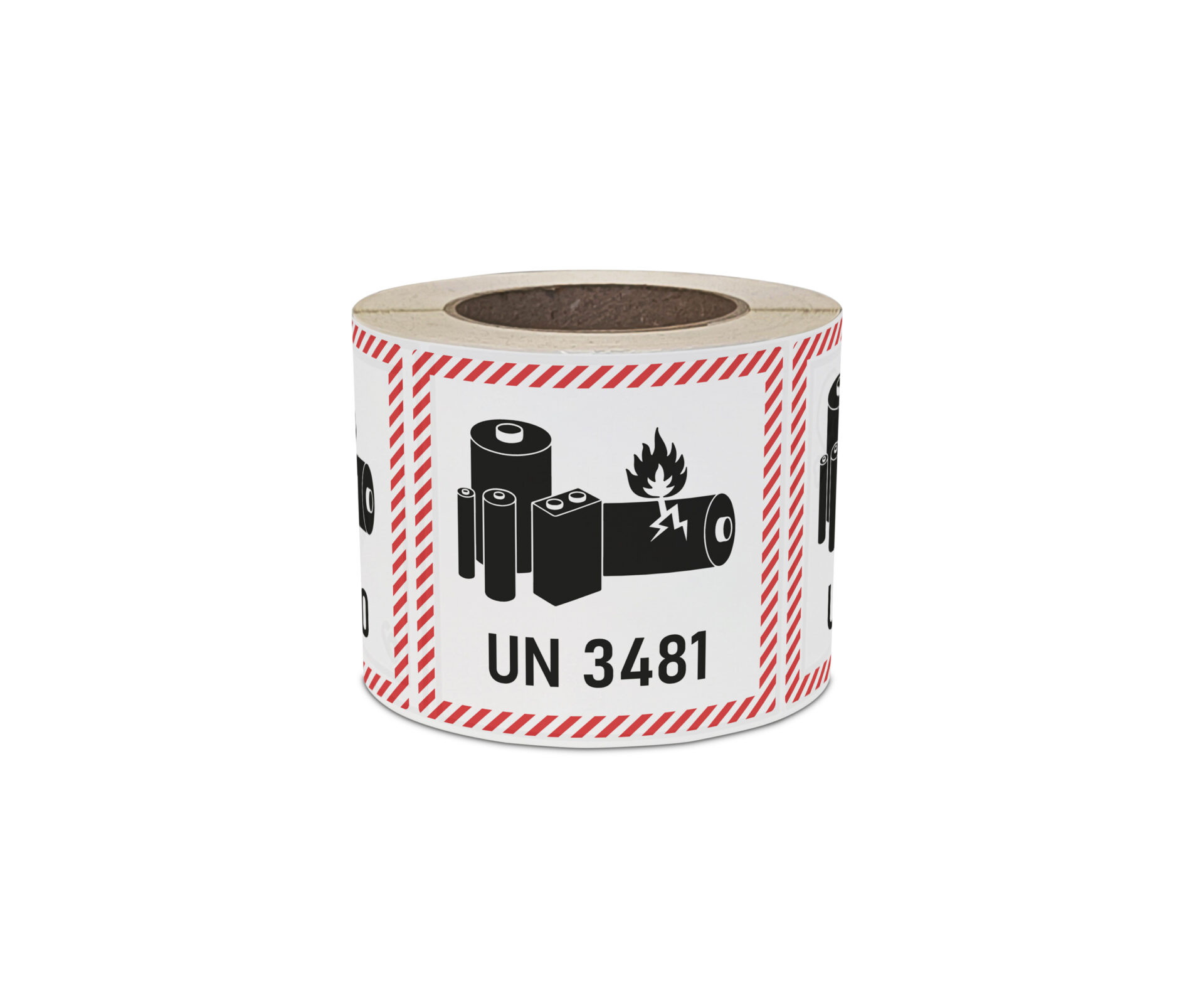
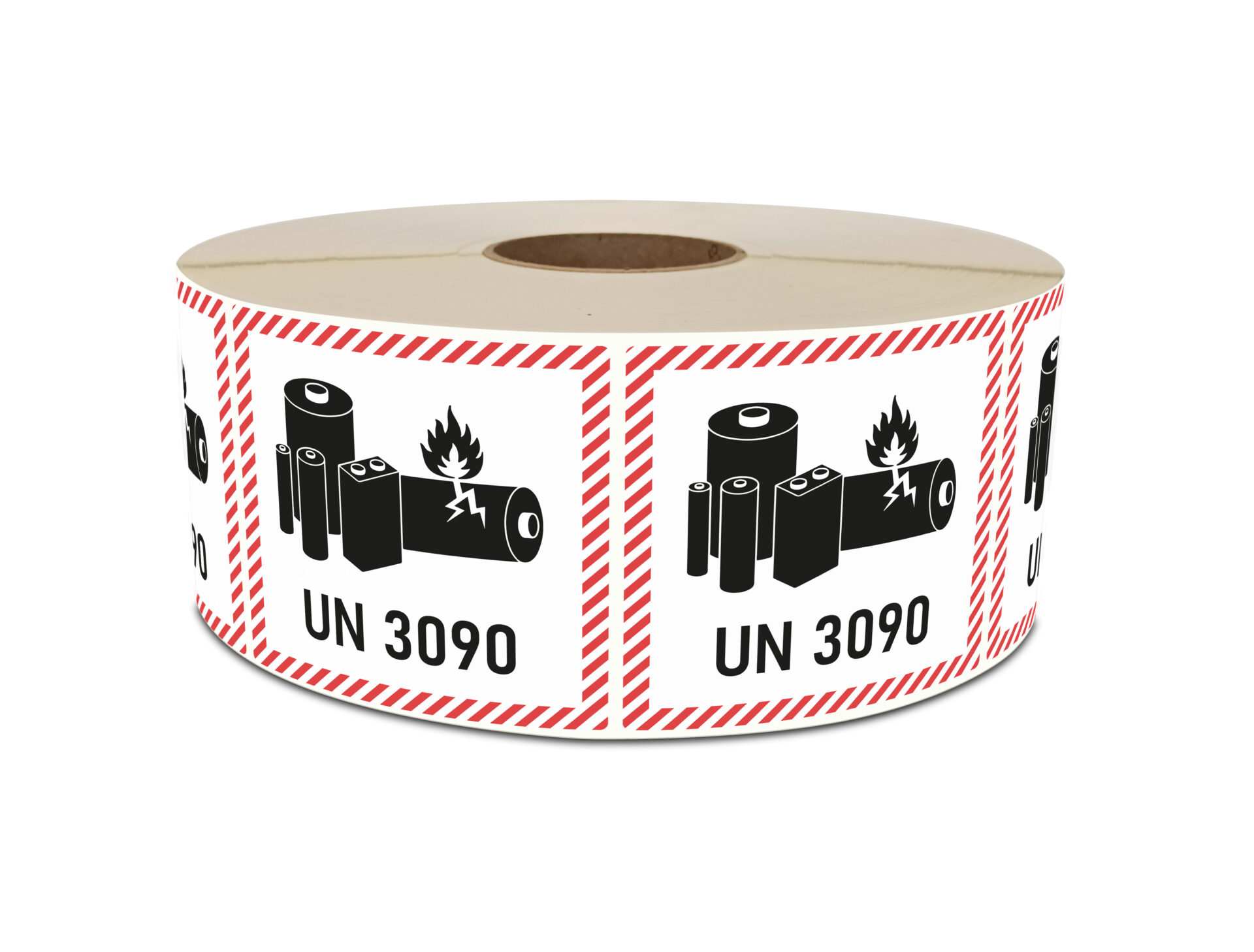
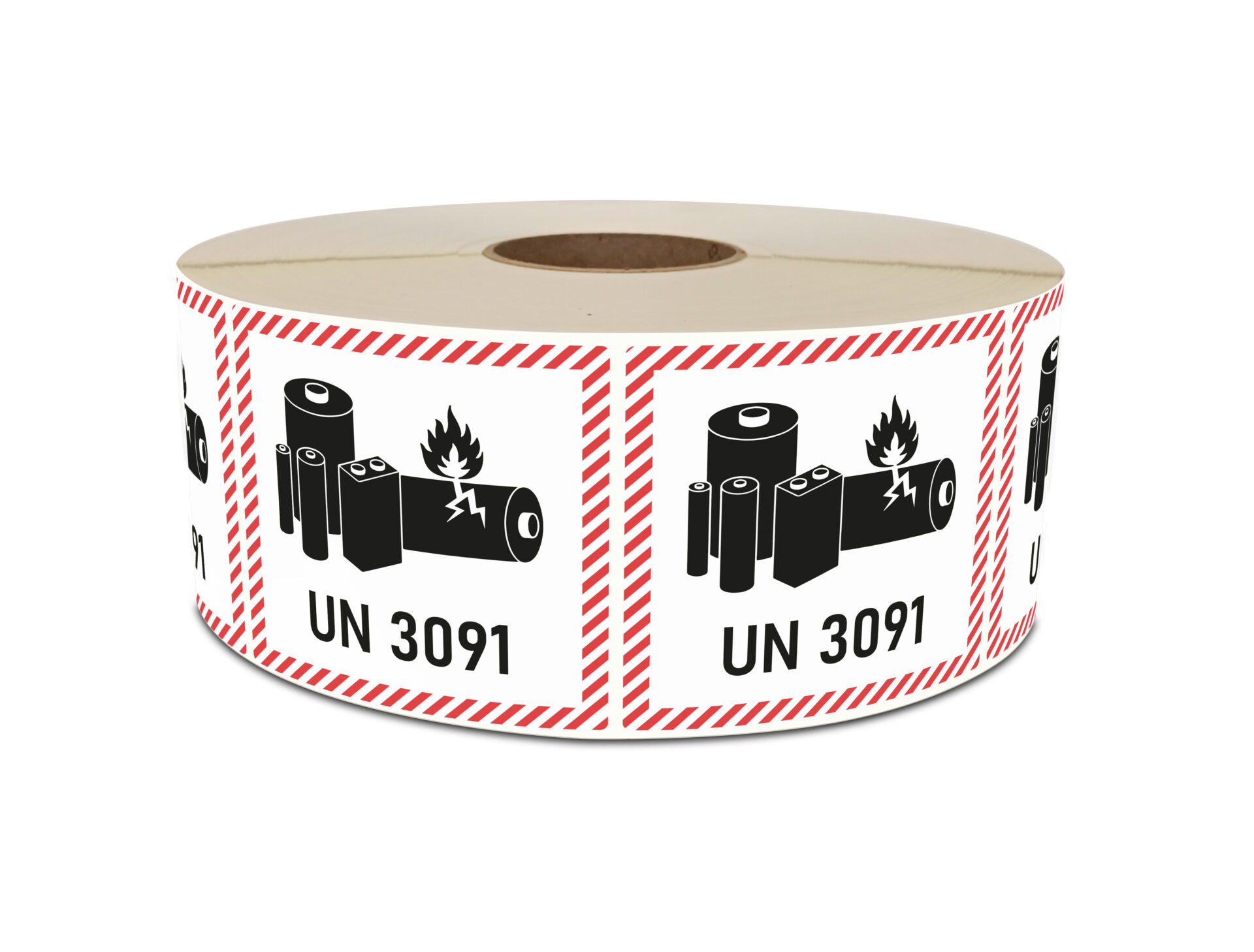
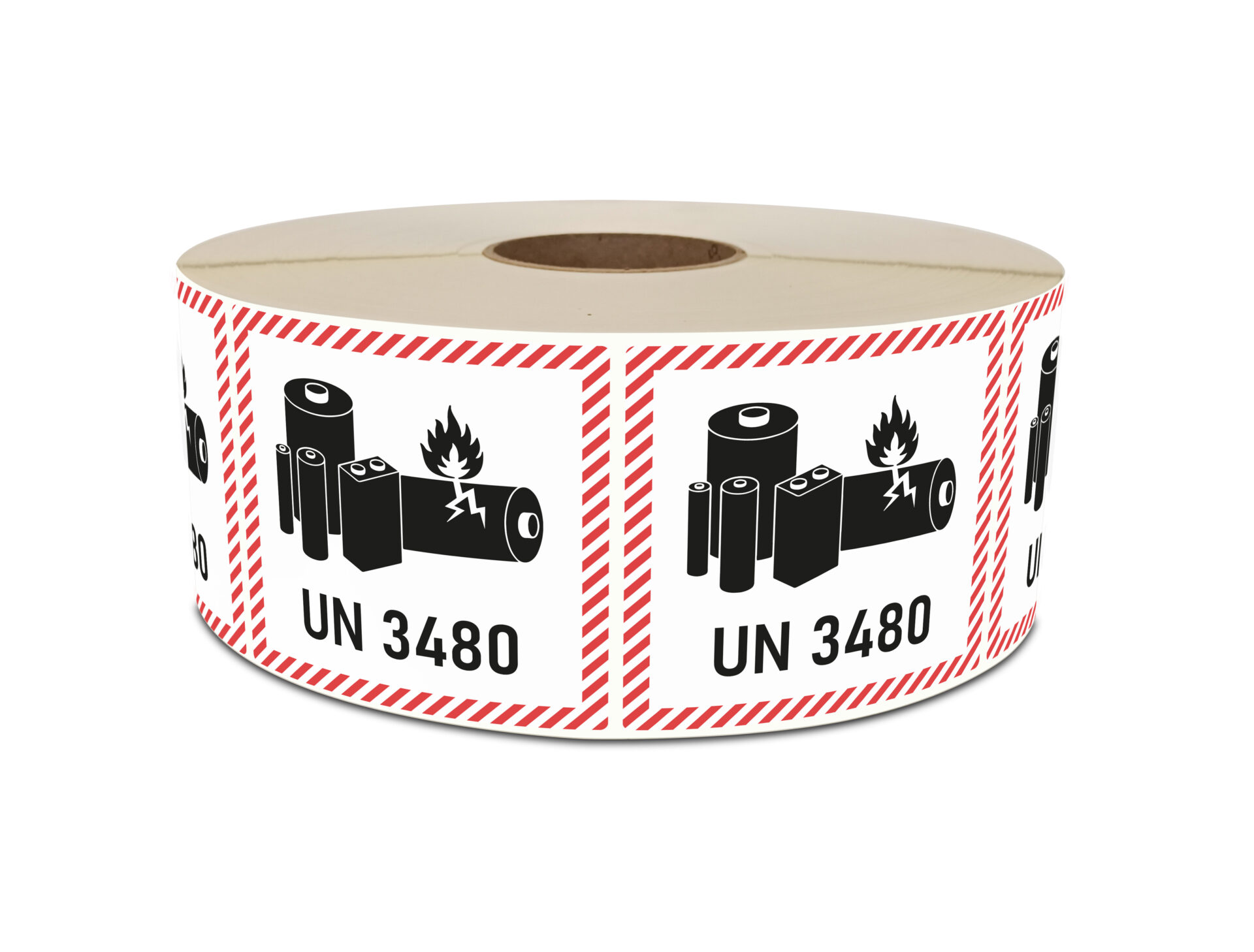
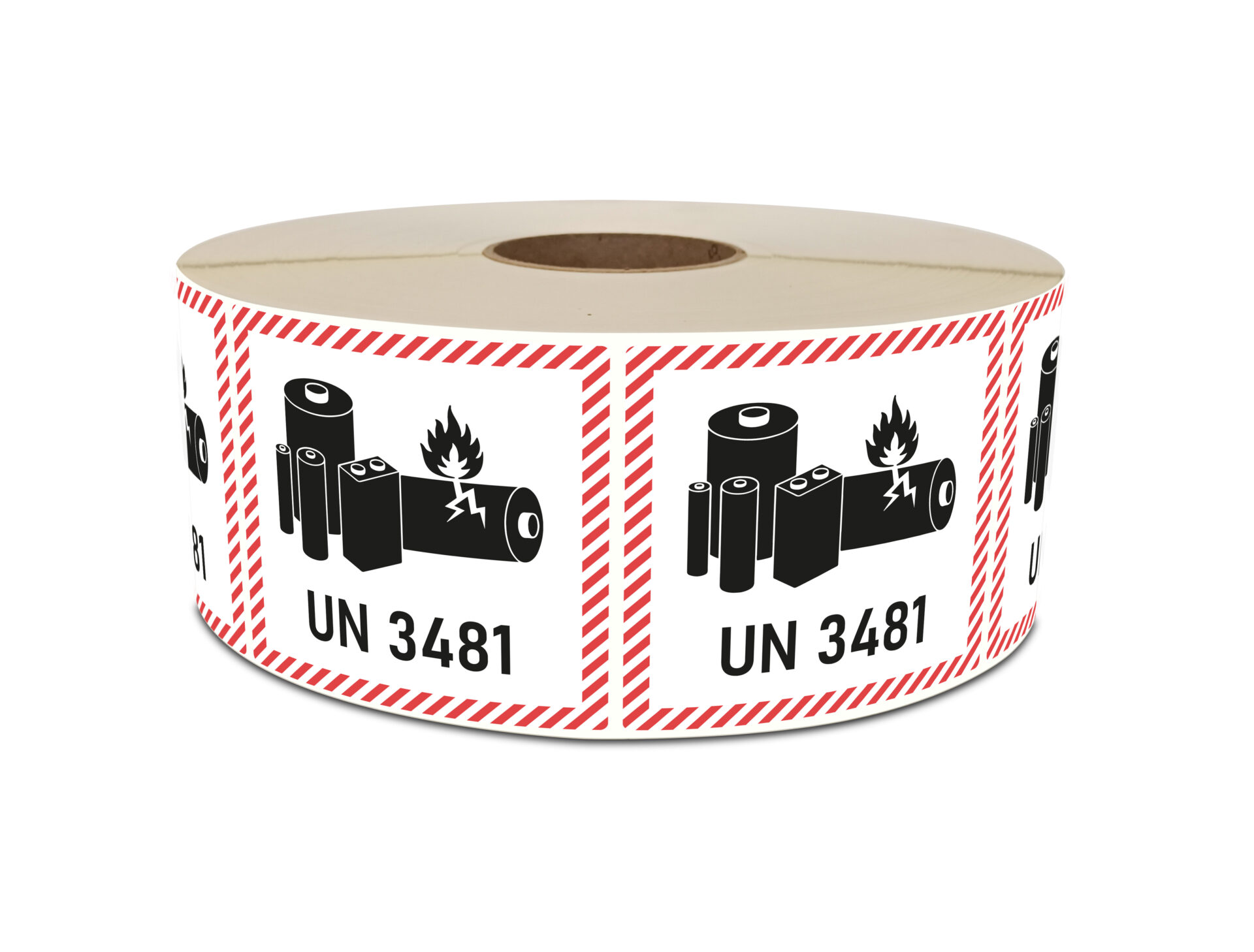
Radioactive substances
Radioactive substances emit ionizing radiation, which can pose risks to both humans and the environment. As a result, they are subject to strict global limits for transport and storage. According to ADR regulations, they are classified into transport categories I, II, and III, depending on their radiation intensity. Safe transport requires special protective packaging that shields against radiation and prevents mechanical damage. Additionally, radioactive shipments must be thoroughly documented and recorded in radiation protection files to ensure complete traceability.
Subclasses of class 7
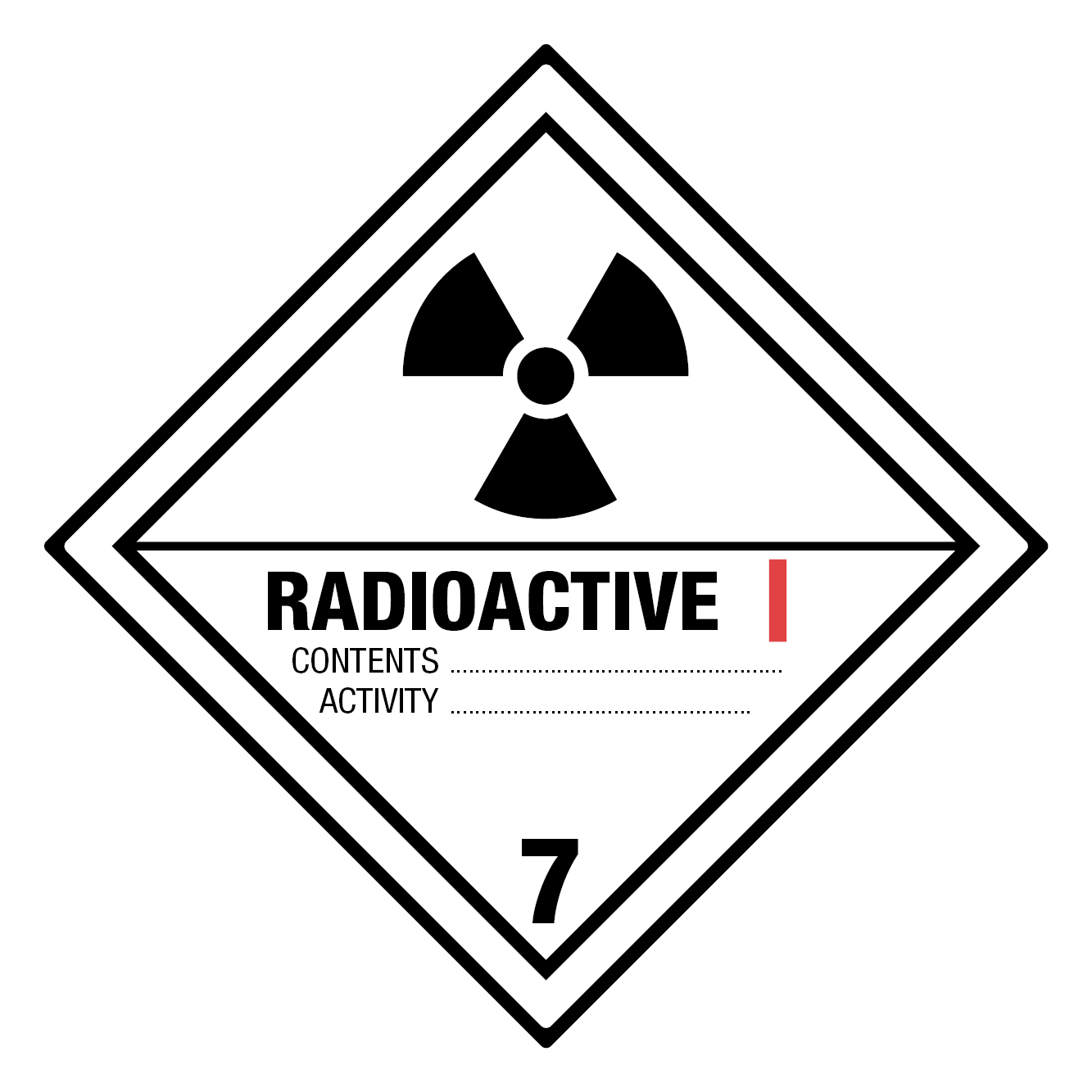
Hazard Class 7A – Radioactive Materials (Class A)
This category includes radioactive materials with low activity,
primarily used in medical or industrial applications.
Only hazard labels (100x100mm)
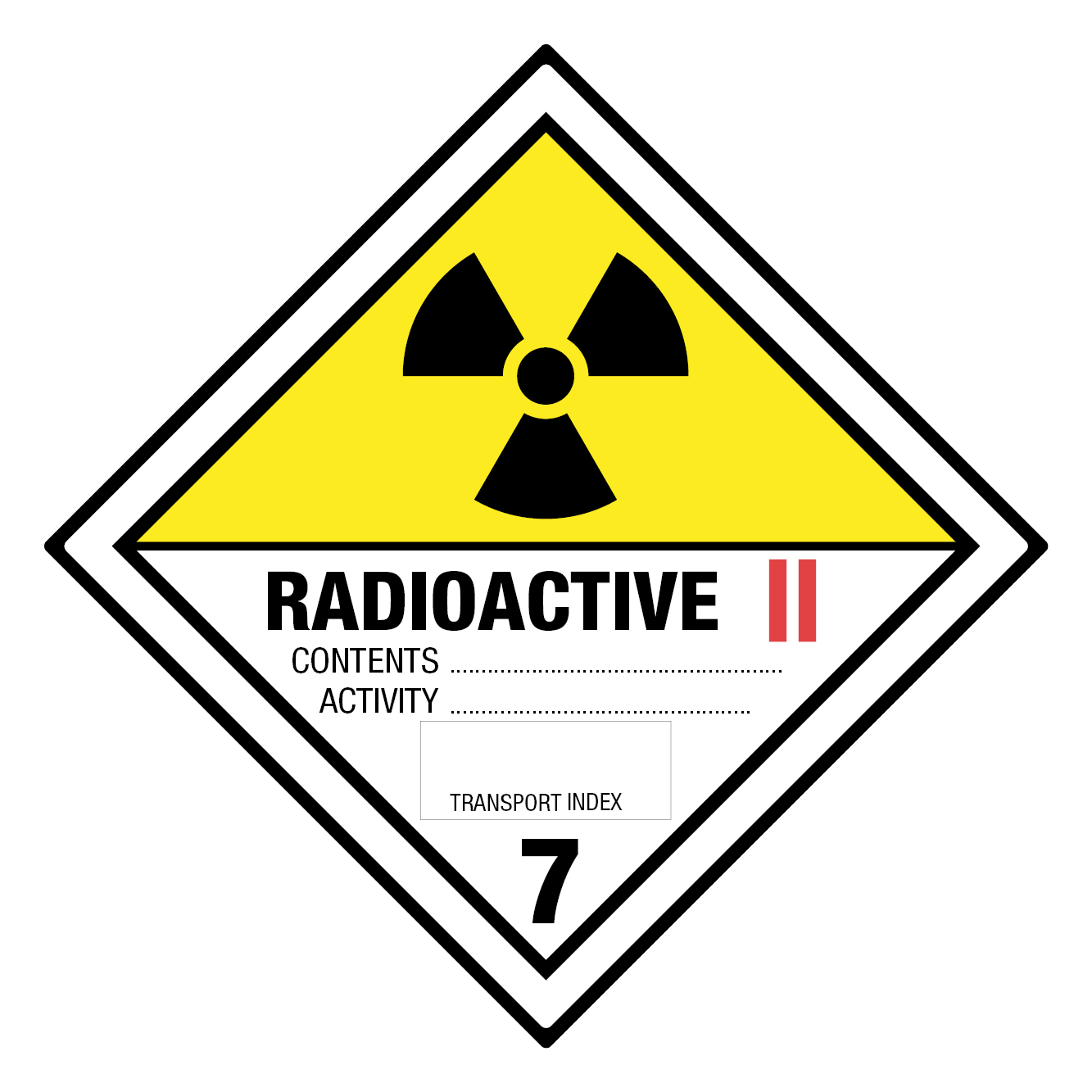
Hazard Class 7B – Radioactive Materials (Class B)
Materials with moderate radioactive radiation,
which must meet strict safety requirements for transport.
Only hazard labels (100x100mm)
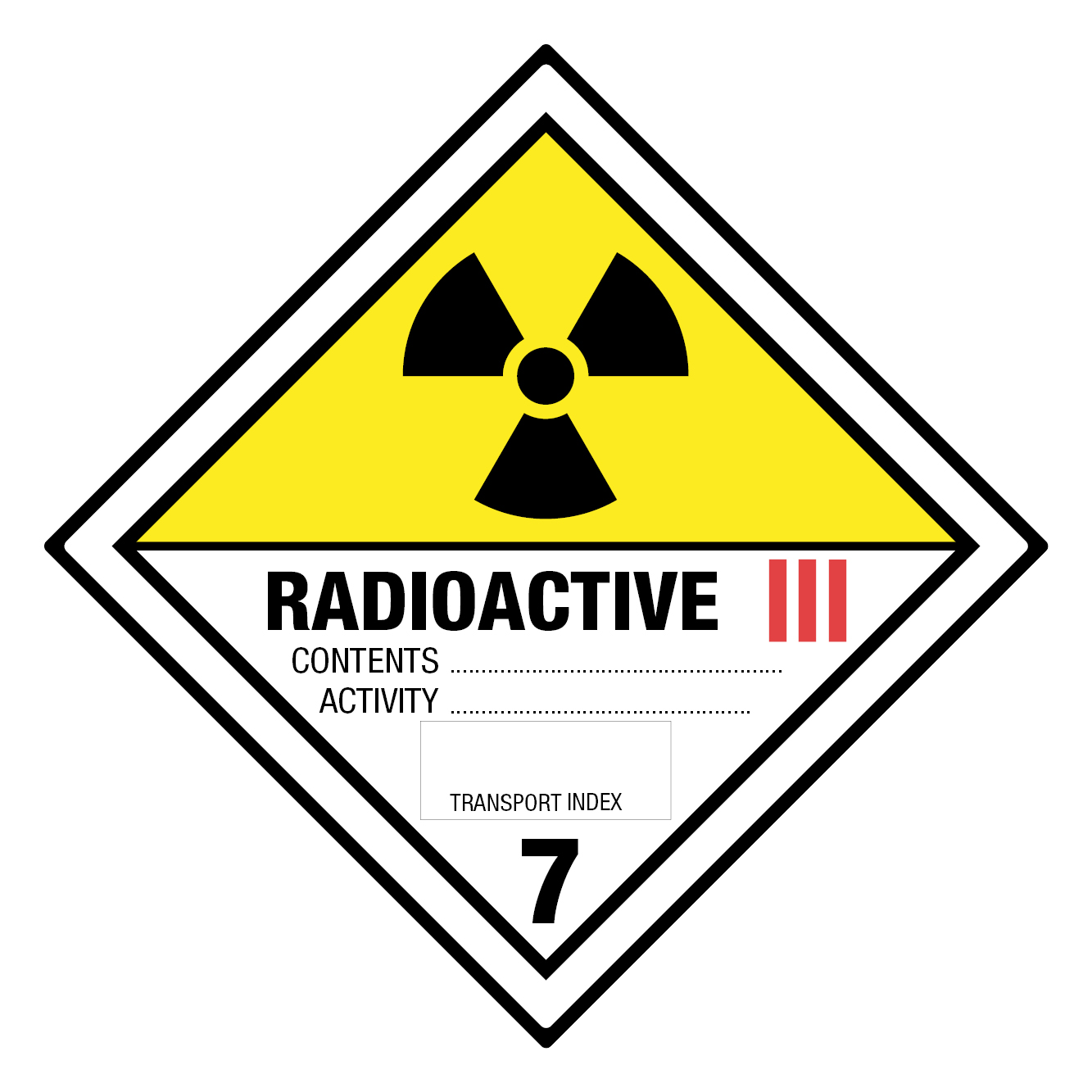
Hazard Class 7C – Radioactive Materials (Class C)
Highly radioactive materials that must be transported
under extreme safety measures due to significant radiation hazards.
Only hazard labels (100x100mm)
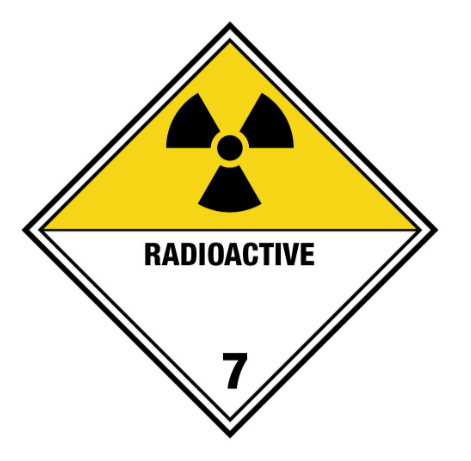
Hazard Class 7D – Radioactive Materials (Class D)
This category involves special radioactive materials
with specific transport and labeling regulations.
Only placard (250x250mm)
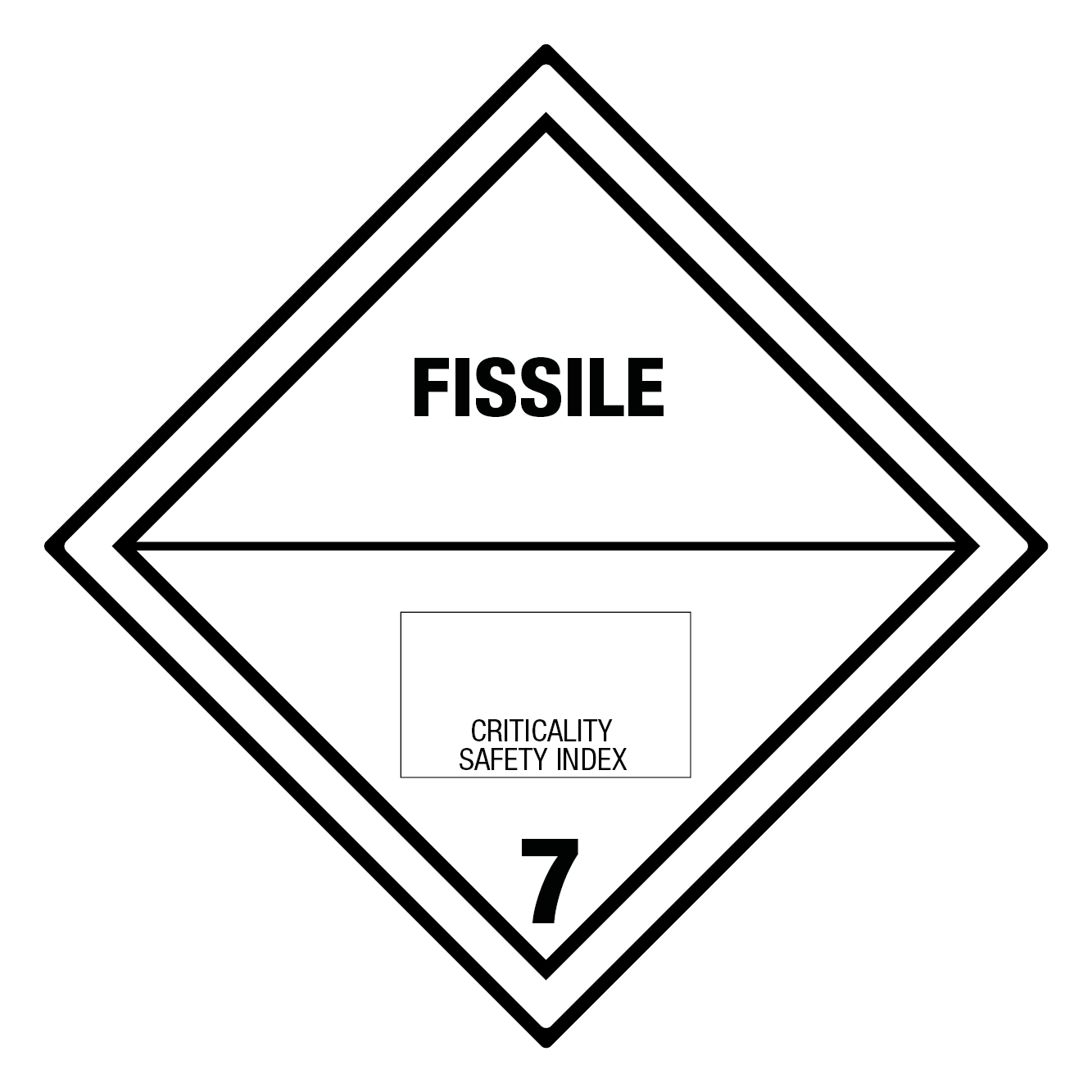
Hazard Class 7E – Radioactive Materials (Class E)
Materials with a very specific classification that
may only be transported under the strictest conditions.
Only hazard labels (100x100mm)
Explosives & pyrotechnics
Explosives and pyrotechnic products, such as fireworks or blasting agents, pose a high risk of explosion and fire. They are sensitive to impact, friction, or heat and must therefore be transported with special precautions. According to dangerous goods regulations, they fall under hazard class 1, which is further divided into several subclasses. Their transport is subject to strict storage and safety regulations, ranging from specialized packaging requirements to transport permits. Labeling includes explosion hazard symbols for quick identification.
Subclasses of class 1
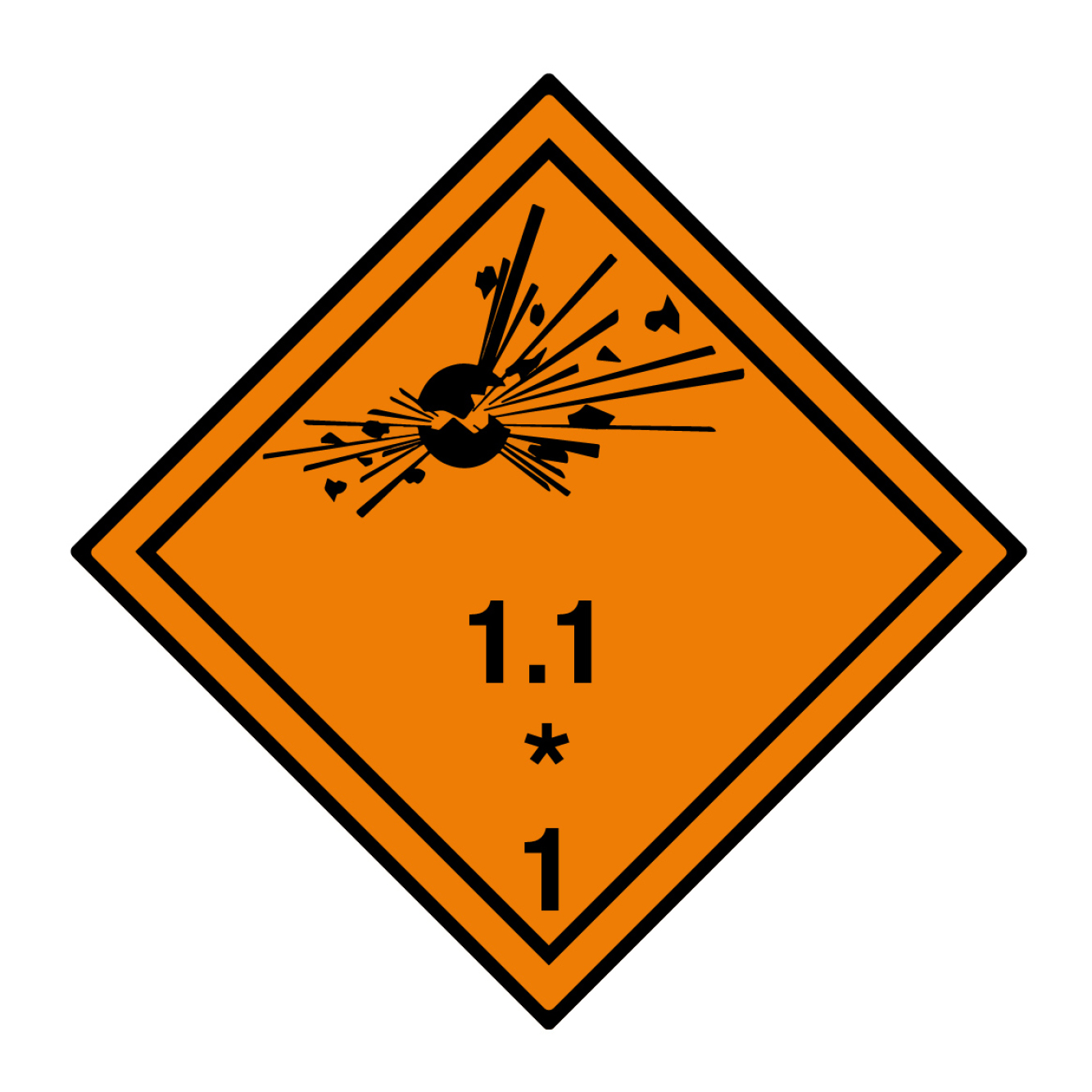
Hazard Class 1.1 – Explosives with mass explosion hazard
Substances that pose a danger to large quantities
of materials and can cause a mass explosion when detonated.
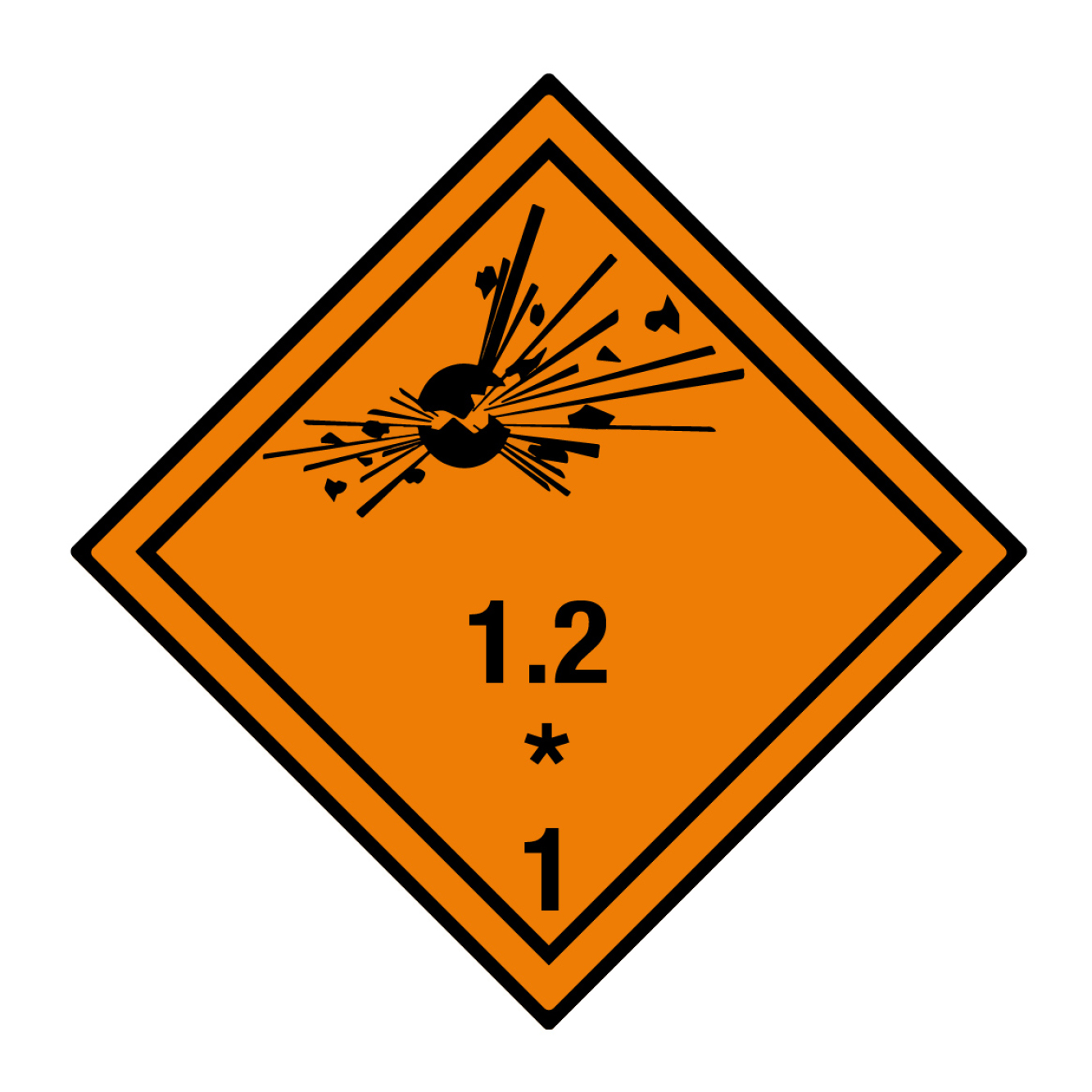
Hazard Class 1.2 – Explosives with explosion hazard when approaching
Substances that are explosive but
do not cause a mass explosion when detonated.
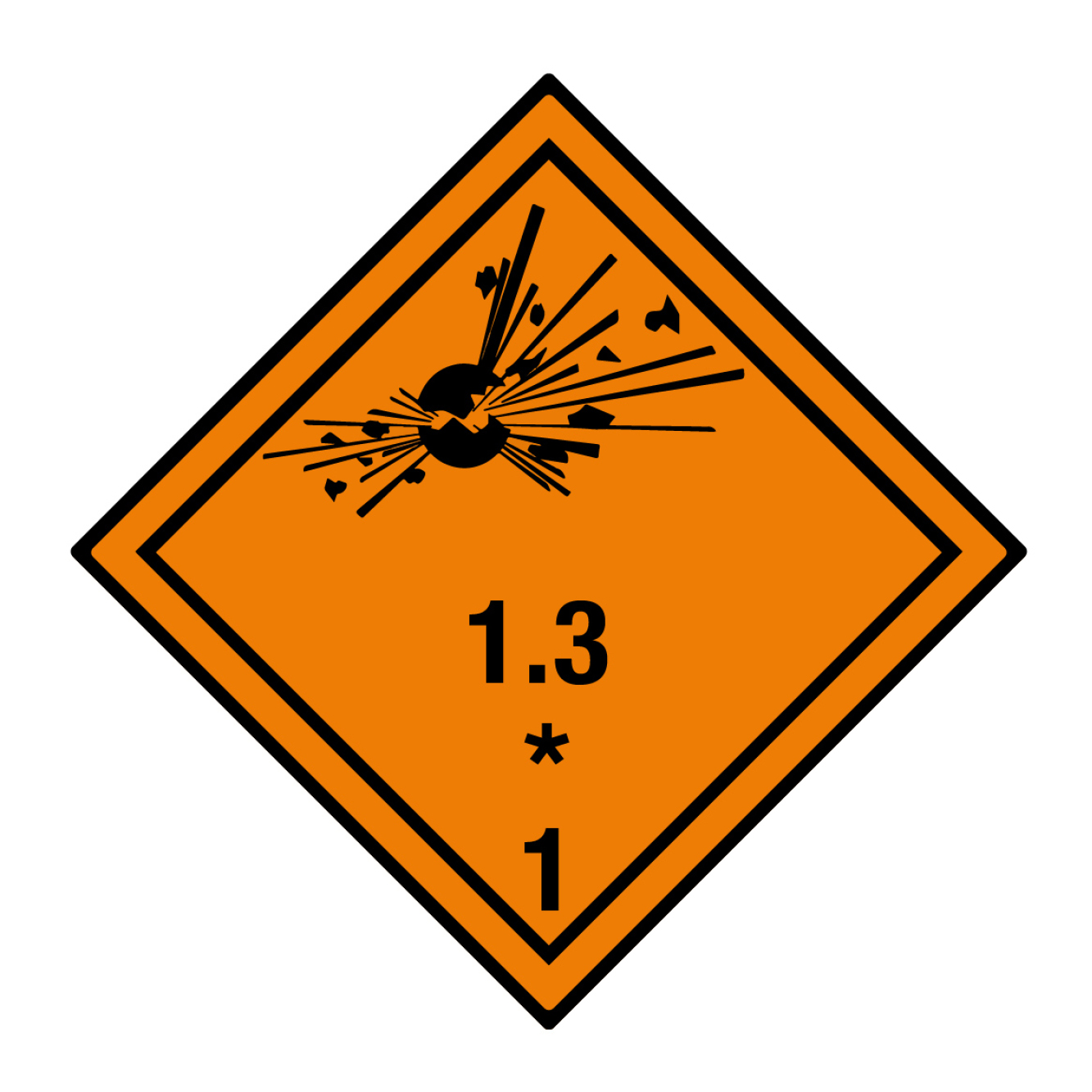
Hazard Class 1.3 – Explosives with fire and explosion hazard
Substances that pose both a fire and explosion hazard
when detonated, but do not cause a mass explosion.
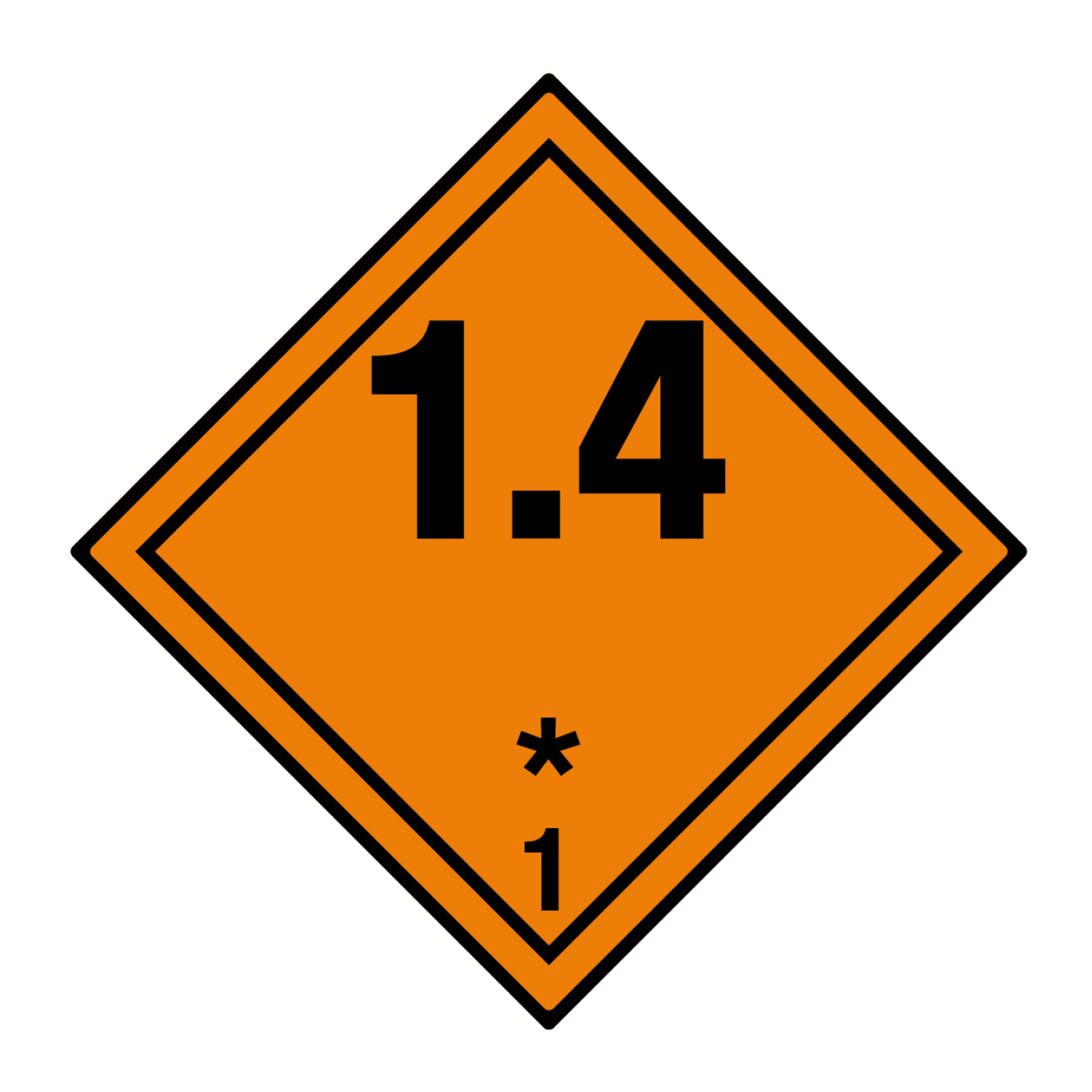
Hazard Class 1.4 – Explosives with low risk
Substances that pose only a low risk
to other materials or people in the event of an explosion.

Hazard Class 1.5 – Very stable explosives
Substances that are very stable
but can still explode if mishandled.
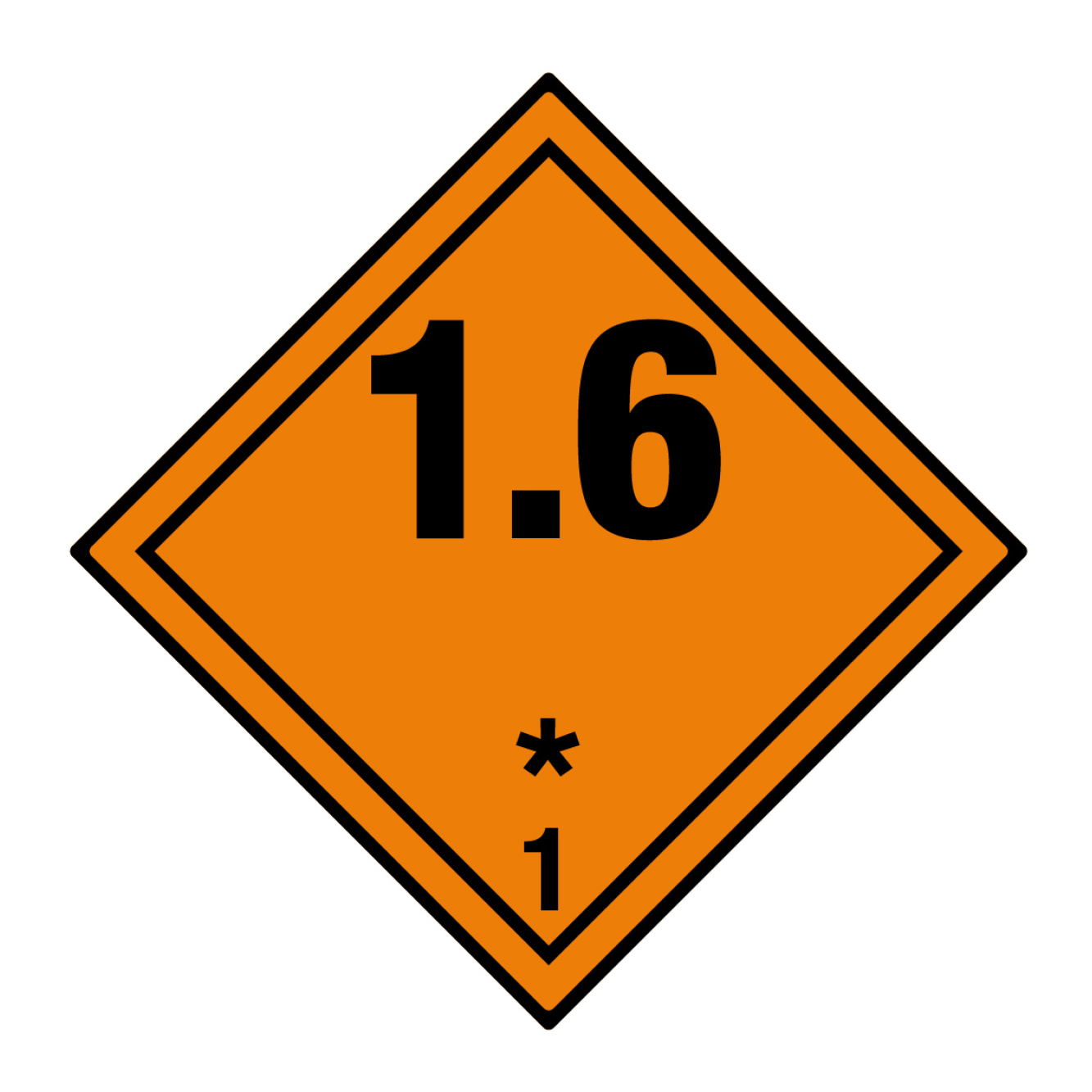
Hazard Class 1.6 – Extremely stable explosives
Substances that are extremely stable and pose no danger
under normal conditions, but are still potentially dangerous.
Refrigerated & dry ice transport
Dry ice (UN 1845 – Carbon dioxide, solid) plays a crucial role in the cold chain of many industries, particularly in the food, pharmaceutical, and logistics sectors. It is used to reliably cool temperature-sensitive products such as vaccines, laboratory samples, or perishable goods during transport. Its extremely low temperature of approximately -78.5°C ensures that it transitions directly from a solid to a gaseous state (sublimation) without passing through a liquid phase.
This property makes dry ice highly efficient as a refrigerant but also presents specific risks. Direct skin contact can cause cold burns, and as it sublimates, it releases carbon dioxide (CO₂), which can displace oxygen in enclosed spaces or poorly ventilated transport containers—posing a potentially life-threatening hazard. For this reason, dangerous goods regulations include strict guidelines for storage, packaging, and transport.
Labeling when transporting dry ice as dangerous goods
When transporting dry ice as a dangerous good, the outer packaging must be clearly labeled with „CARBON DIOXIDE, SOLID“ or „DRY ICE.“ Vehicles or containers that are not well-ventilated, as well as those with a separate cargo and driver compartment or insulated cargo areas, must display the appropriate marking on all access doors to the cargo area. The minimum dimensions for this marking are 150 mm x 250 mm. After unloading and sufficient ventilation, the marking must be removed. Additionally, the transport document must include the entry „UN 1845 Carbon dioxide, solid, as a coolant,“ with no quantity specification required.
Environmentally hazardous substances
Environmentally hazardous substances, such as pesticides, chemicals, or oil-containing waste, can cause long-term damage to soil and water. These include persistent, toxic, or bioaccumulative substances that may lead to lasting ecological harm. Transporting such materials is subject to special restrictions, particularly in water-sensitive areas.
Key regulations include:
- Labeling with the environmentally hazardous substance symbol (GHS09 „Dead Fish & Tree“) alongside the primary dangerous goods classification
- Special packaging requirements for environmentally hazardous substances
- Safe storage and transport in sealed containers to prevent leakage
Dangerous goods labeling is a matter of trust - BOXLAB Services provides the solution
The safe handling of special hazardous goods requires more than just a basic understanding of the regulations – it requires absolute precision, experience and the right labeling solutions. Errors in labeling, improper packaging or inadequate protective measures can lead not only to substantial fines, but also to life-threatening accidents.
At BOXLAB Services, we not only offer certified hazardous goods labels and PE plates, but also the expertise that makes the difference. Our products are specially developed for the toughest applications – from extreme temperatures and aggressive chemicals to demanding transportation conditions.

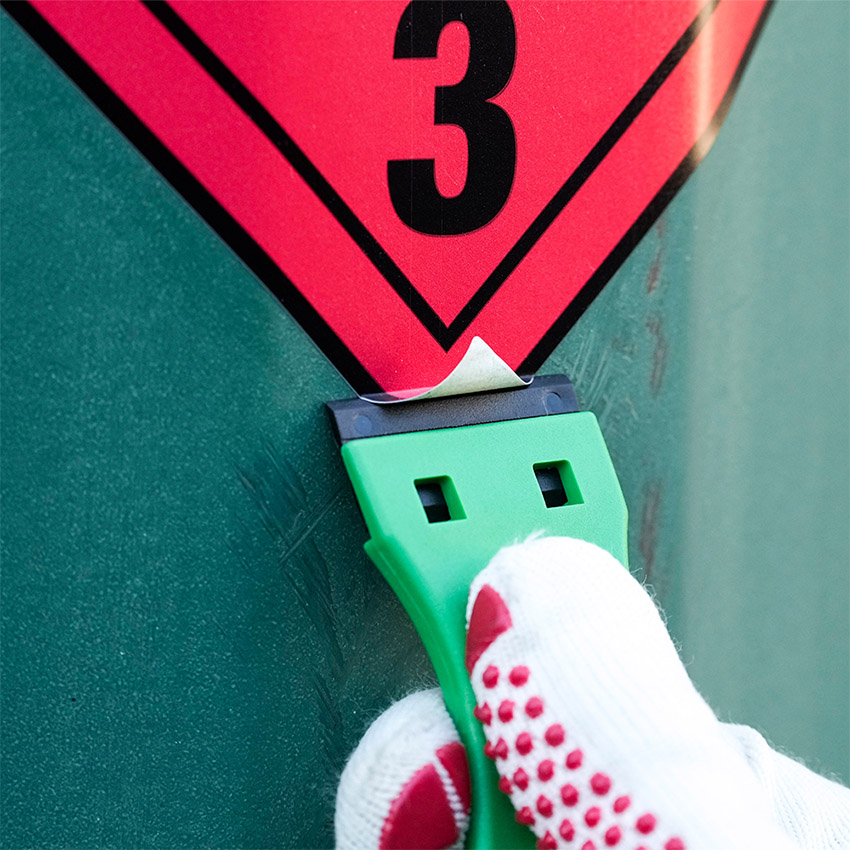
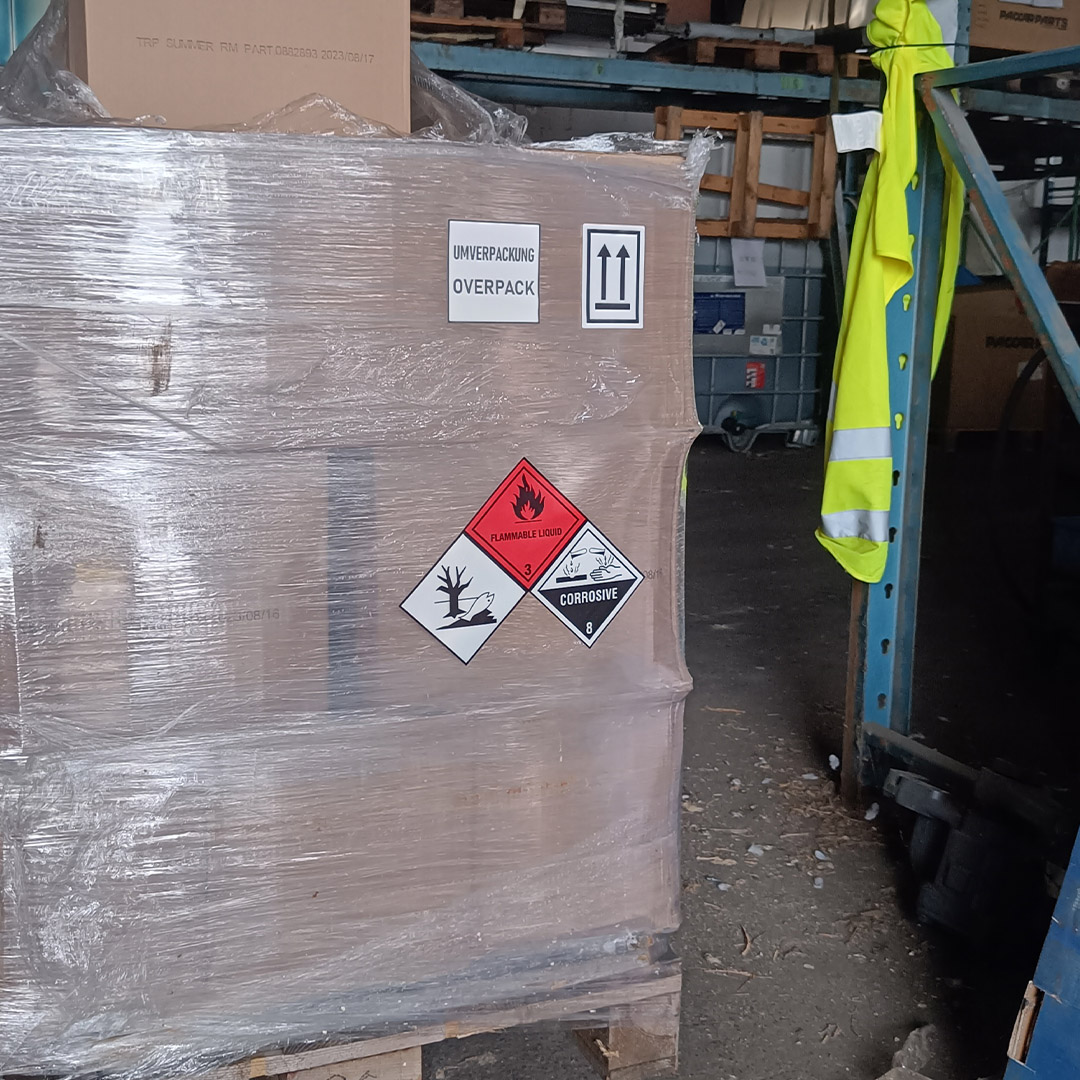


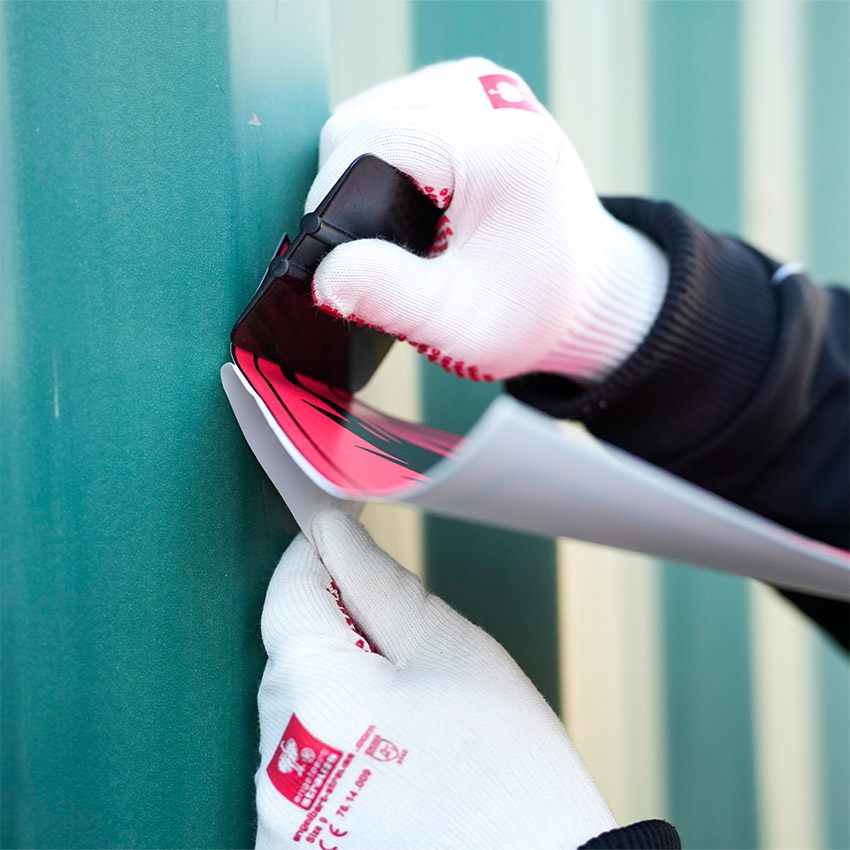
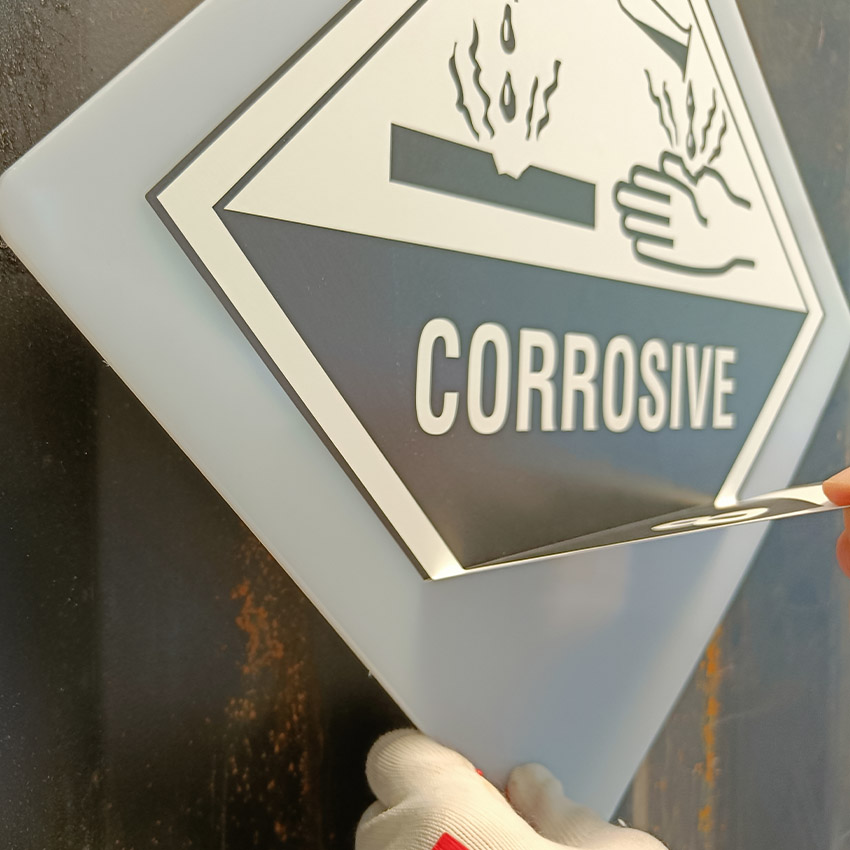
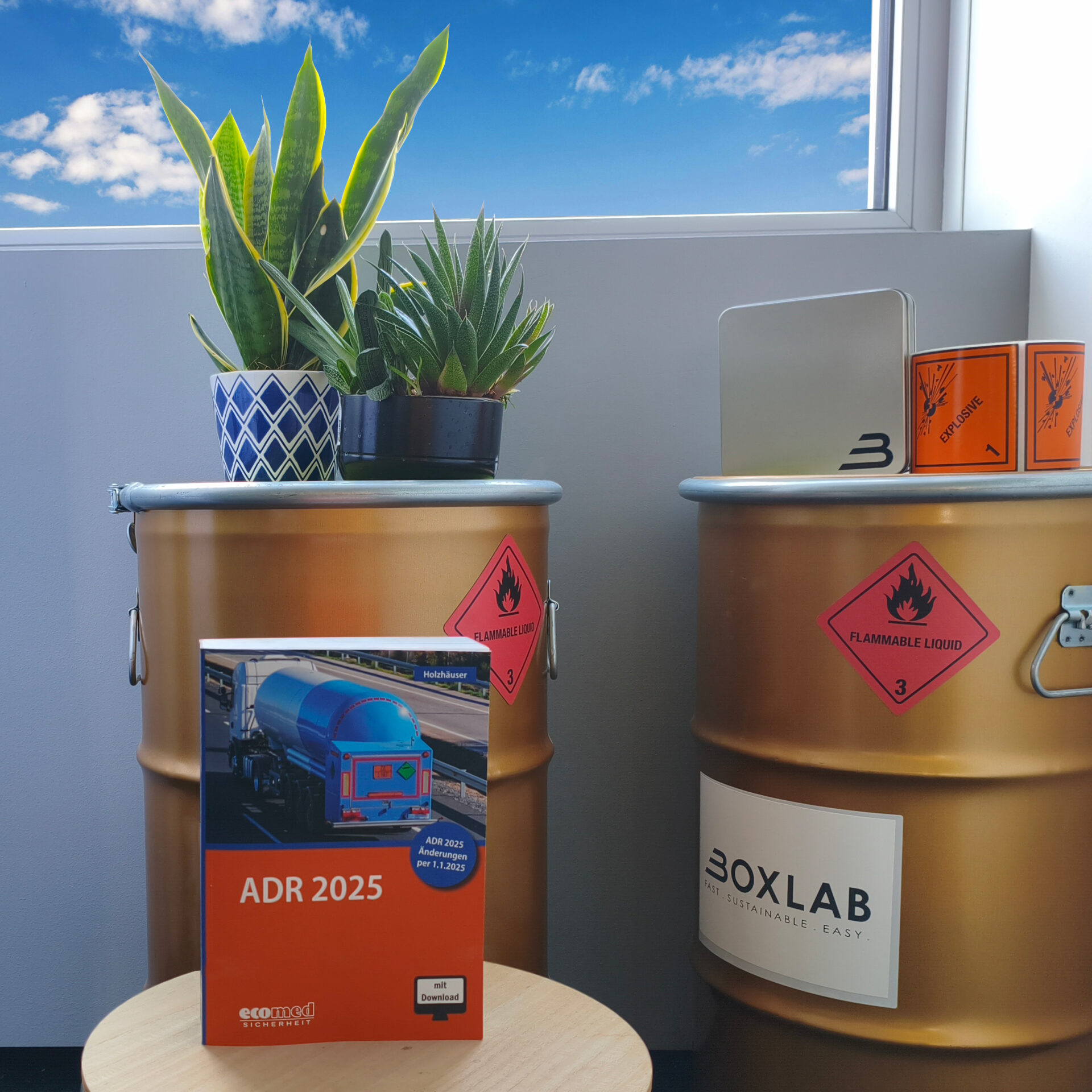
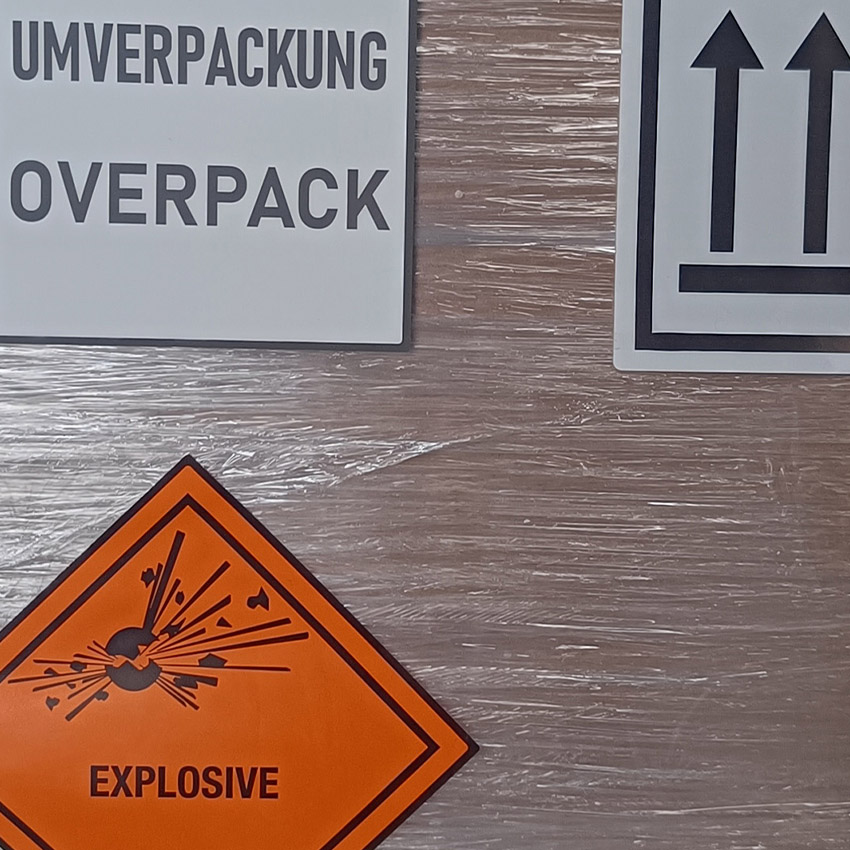
Further markings for dangerous goods
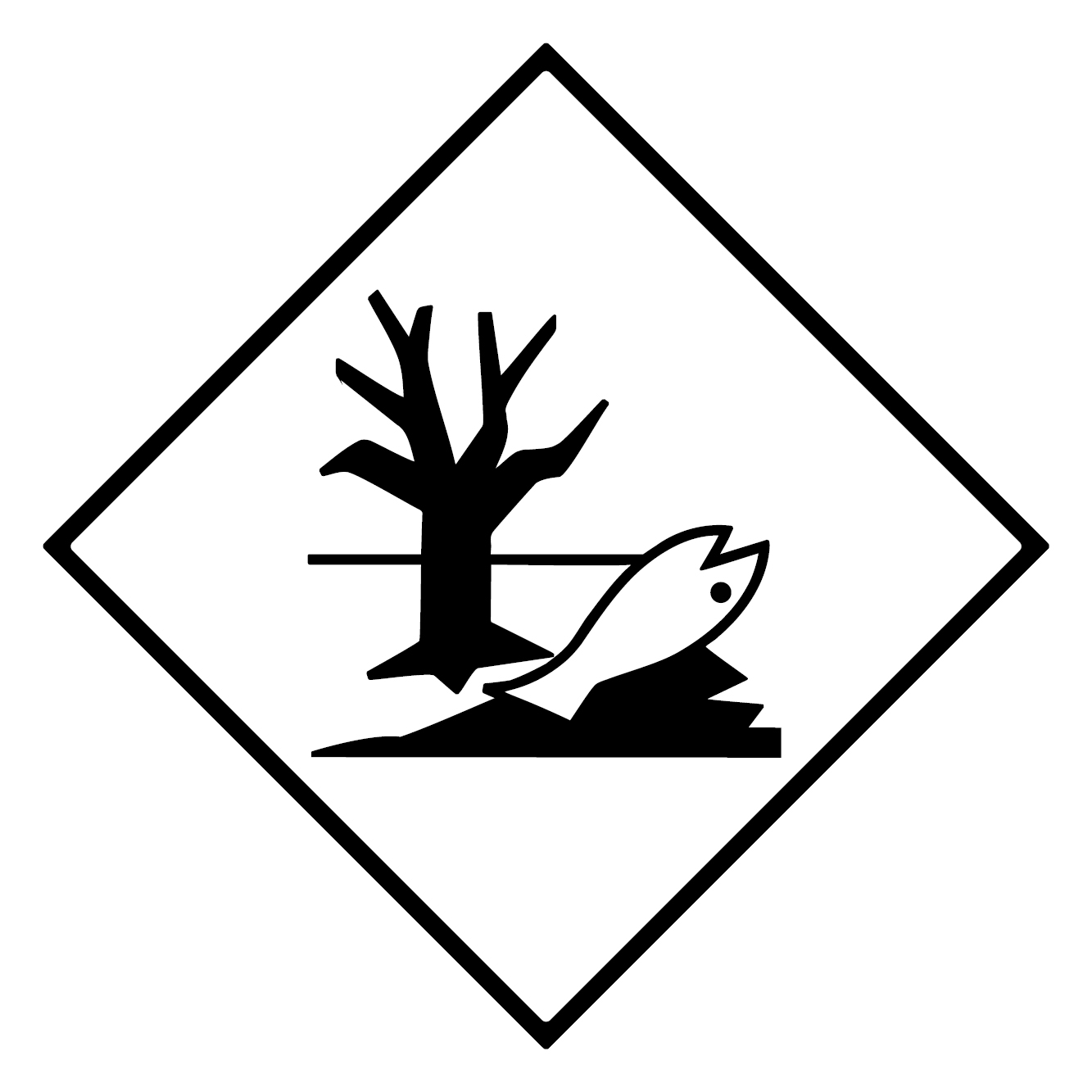
Dangerous Goods Label – Environmentally Hazardous Substances
Additional labeling for substances that are harmful to the environment.
PLACARD
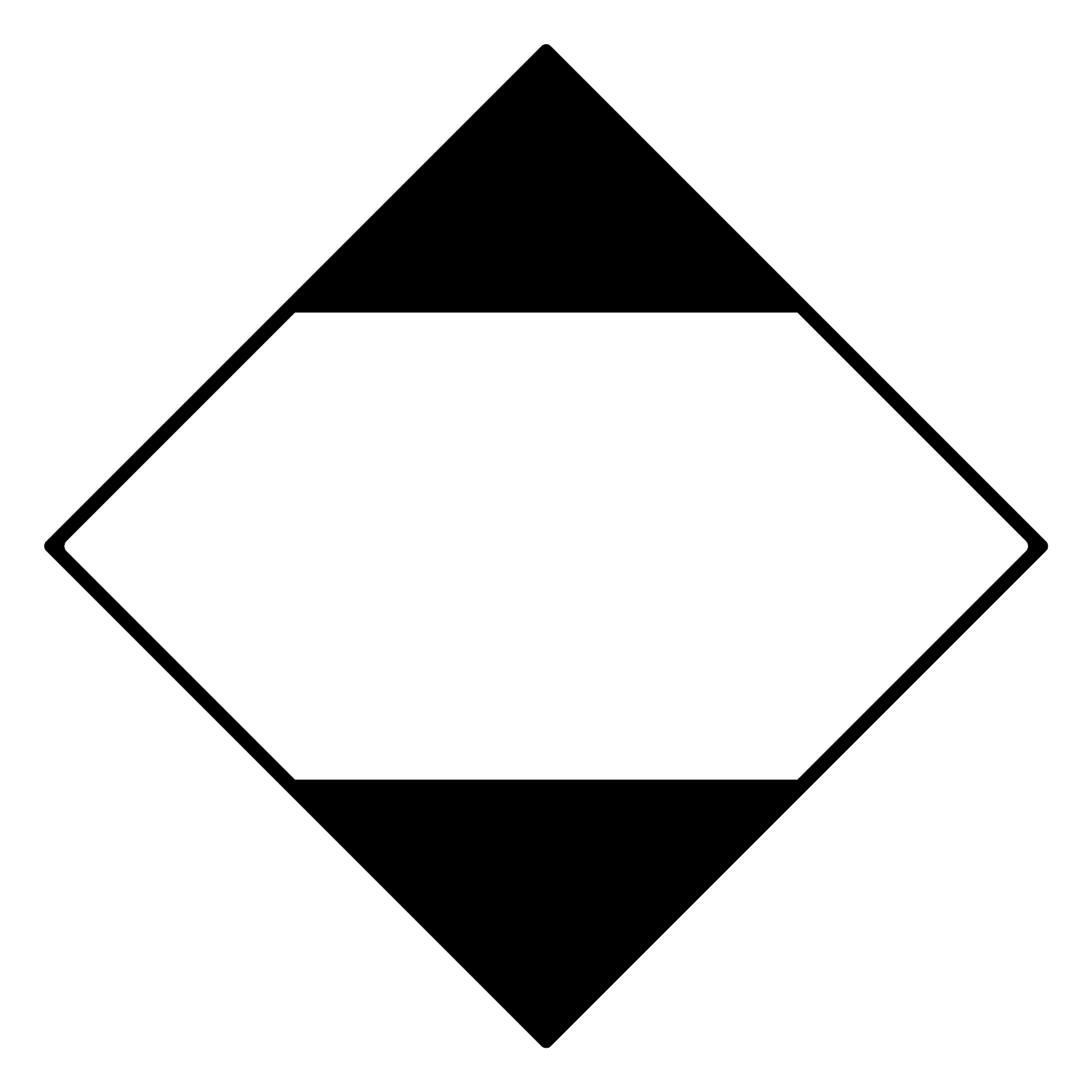
Dangerous Goods Label – Limited Quantity
Substances or items that may be transported in limited quantities without requiring full compliance with dangerous goods regulations.
PLACARD
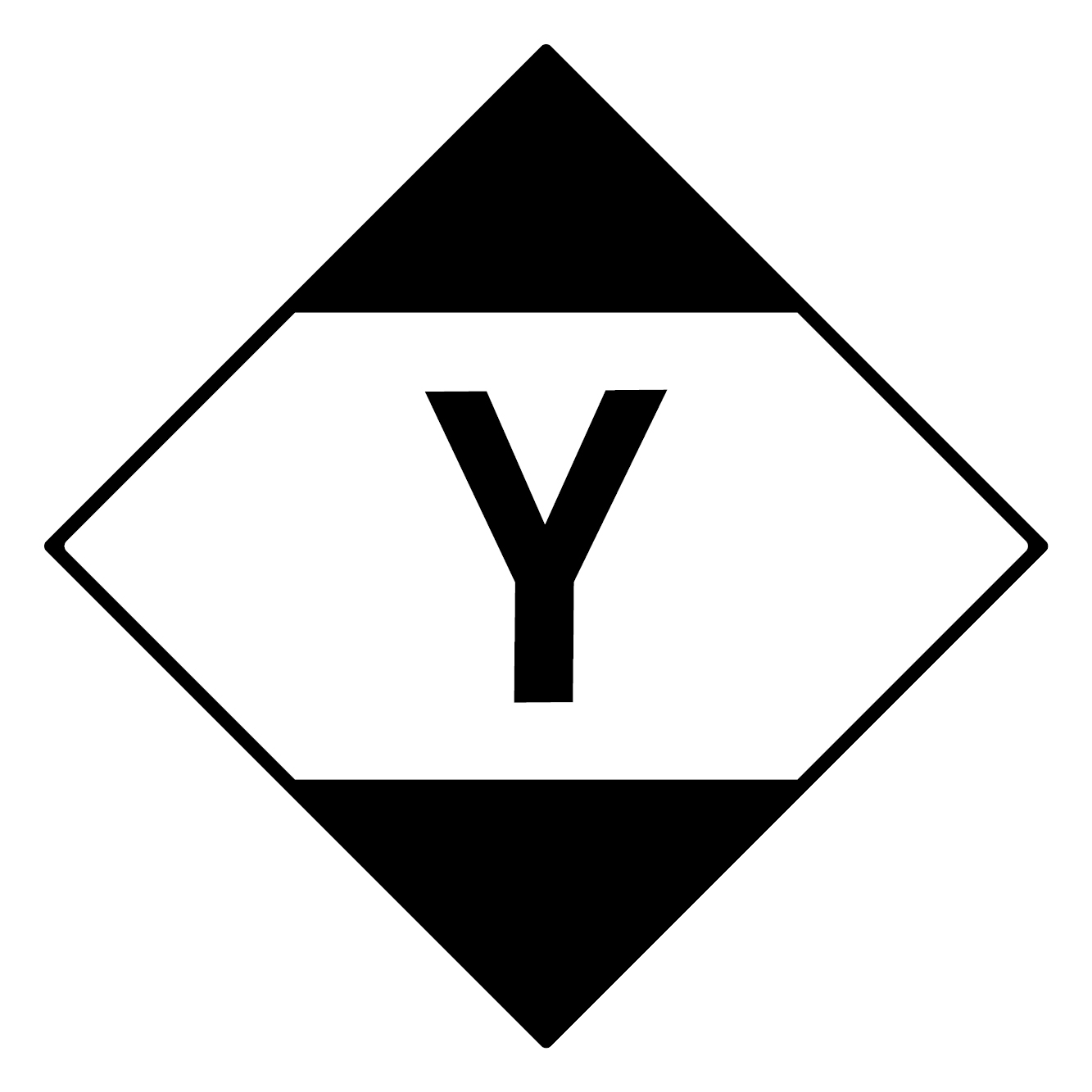
Dangerous goods label – Limited quantity “Y”
Limited quantities of dangerous goods marked with the symbol ‚Y‘ in accordance with IATA regulations to facilitate transportation.
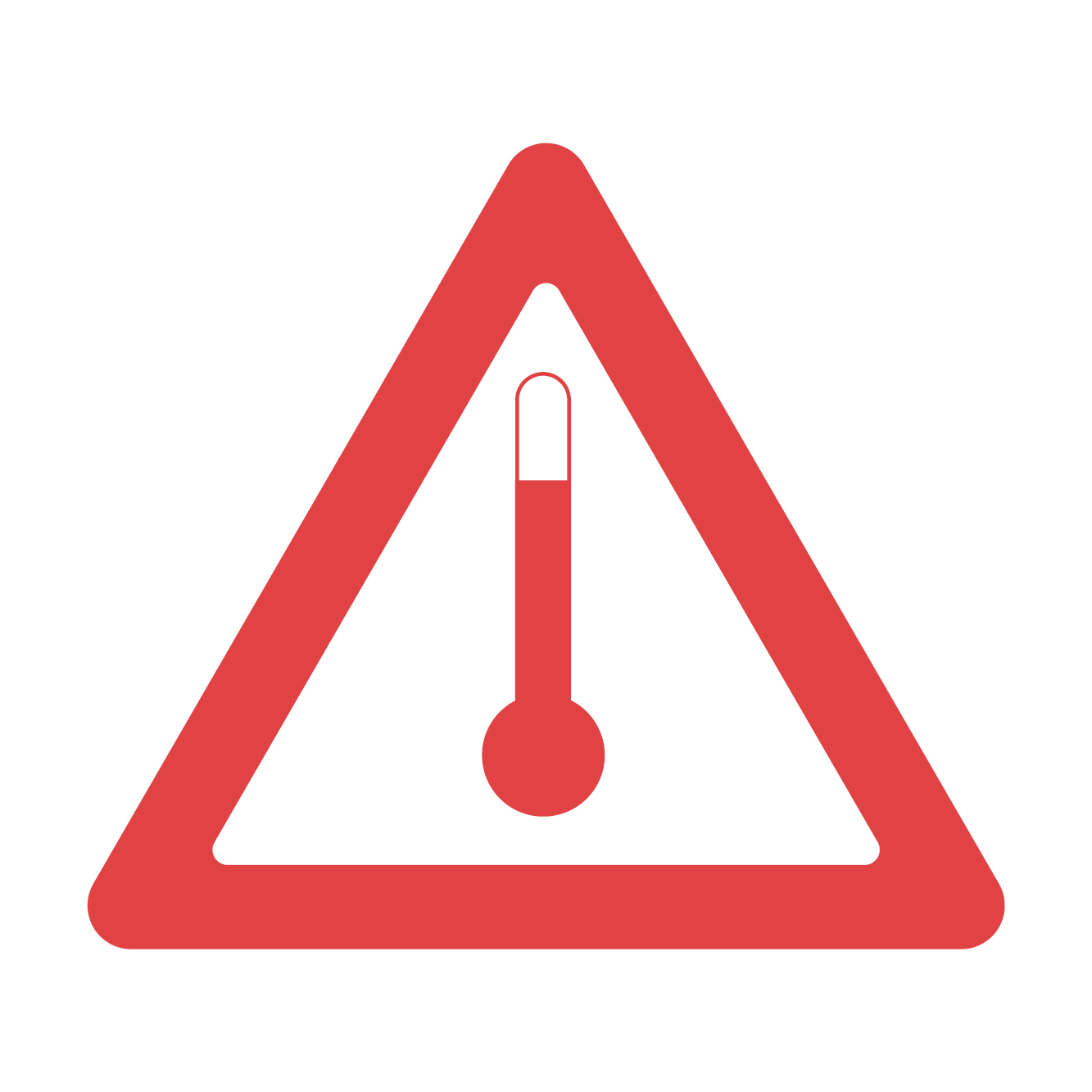
Labeling for materials transported in a heated state
Additional labeling for materials that need to be kept warm during transport
.
Effective accessories for your success
Our range includes well-thought-out solutions that enhance your efficiency and streamline workflows.
Our PE boards provide a robust and residue-free surface for safe labeling. The BOXLAB Machine Cleaning Cloth, combined with the BOXLAB BIO Cleaner, ensures thorough cleaning for optimal label adhesion. For professional applications, we also offer spray adhesive for reliable attachment.
Our training materials assist instructors and professionals with hands-on solutions, including training sets with hazard labels and magnetic placards.
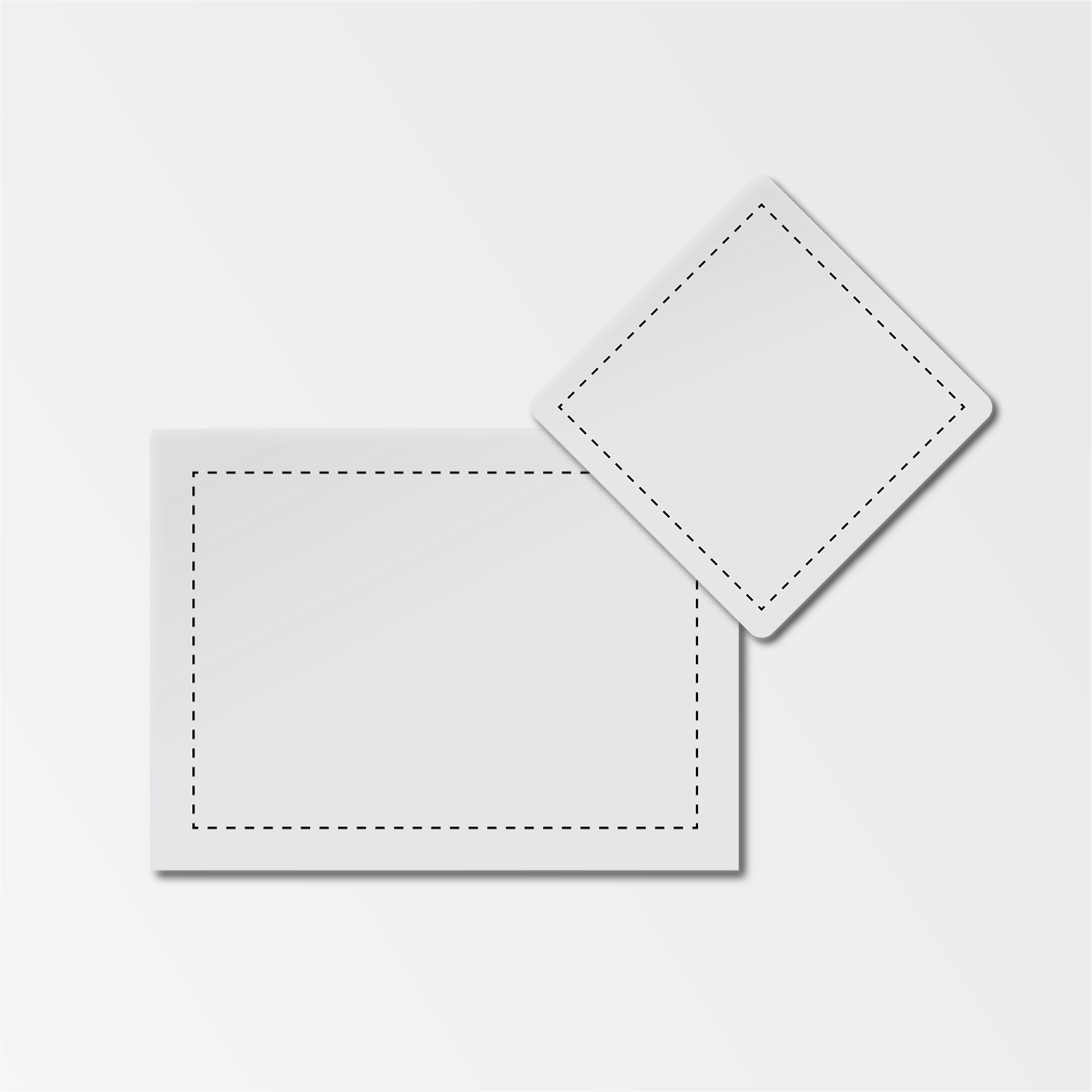
PE plates
Our PE plates are high-quality products that serve as an optimal base for labels. Thanks to their robust properties and easy labeling without the need for additional cleaning, they offer an efficient solution for various applications. The PE plates are lightweight, easy to handle and can be used both indoors and outdoors. Their robust construction makes them a reliable support in your labeling process.
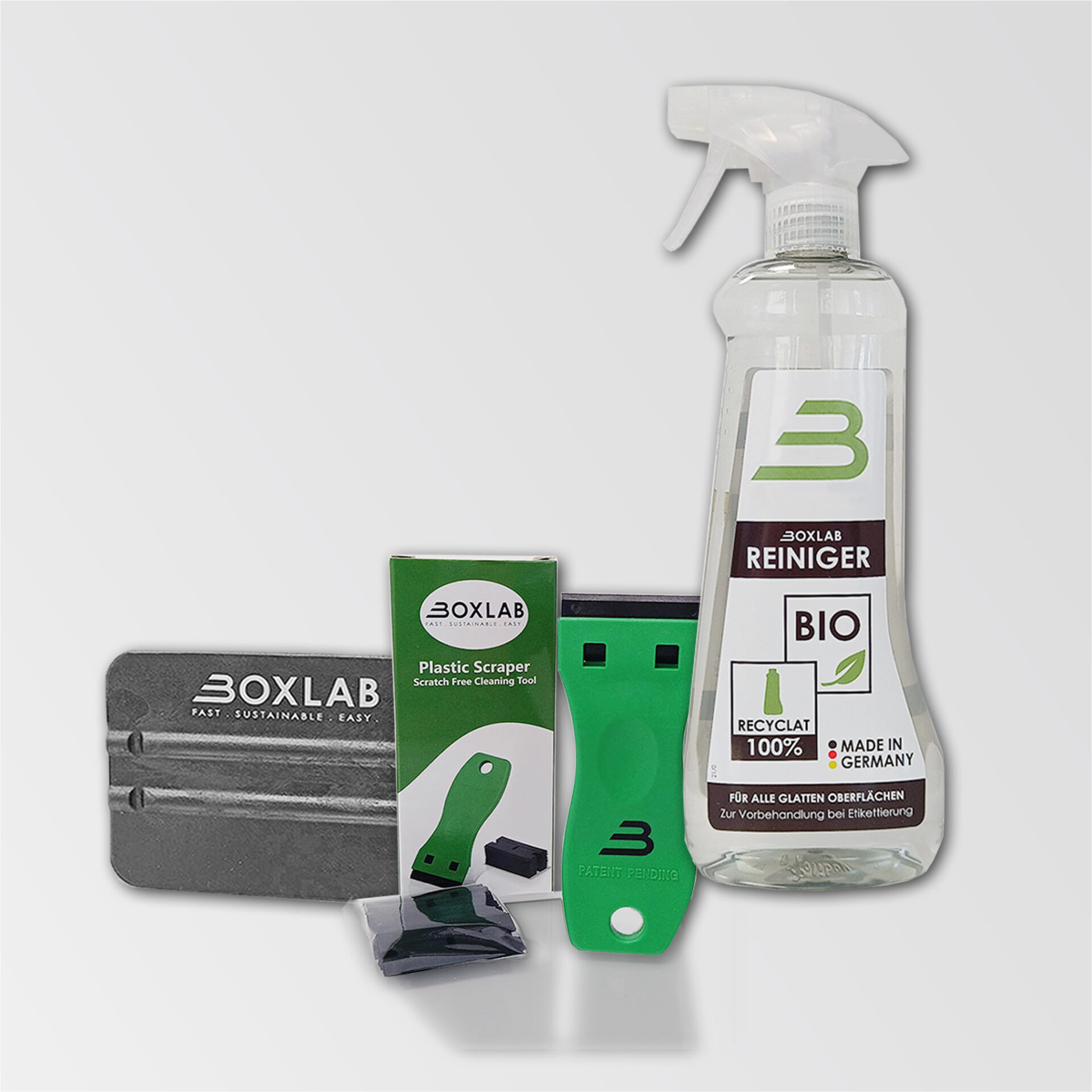
Supplies
Our aids are not just simple tools, but indispensable companions for your labeling processes. From injury-free safety scrapers to environmentally friendly BIO cleaners and the practical BOXLAB squeegee – each of our tools has been developed to make your day-to-day work easier and ensure legally compliant results. Quality and functionality are at the heart of our products.
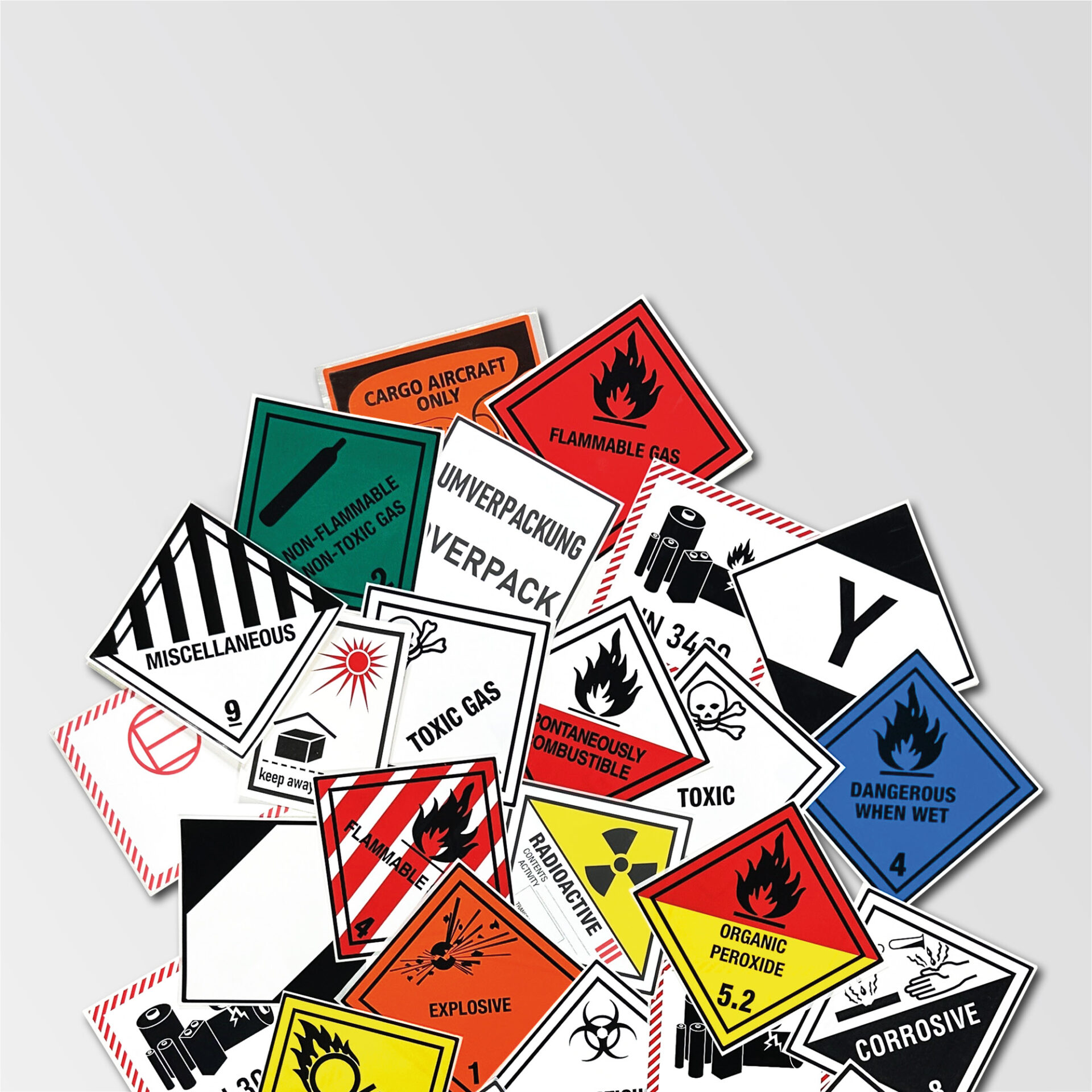
Training sets
Our training sets offer a practical introduction to the world of dangerous goods labeling and packaging. They contain high-quality samples of hazardous goods labels as well as additional accessories such as safety scrapers and BIO cleaners. These kits are ideal for training and education to provide professionals with a comprehensive overview of legal requirements and best practice.
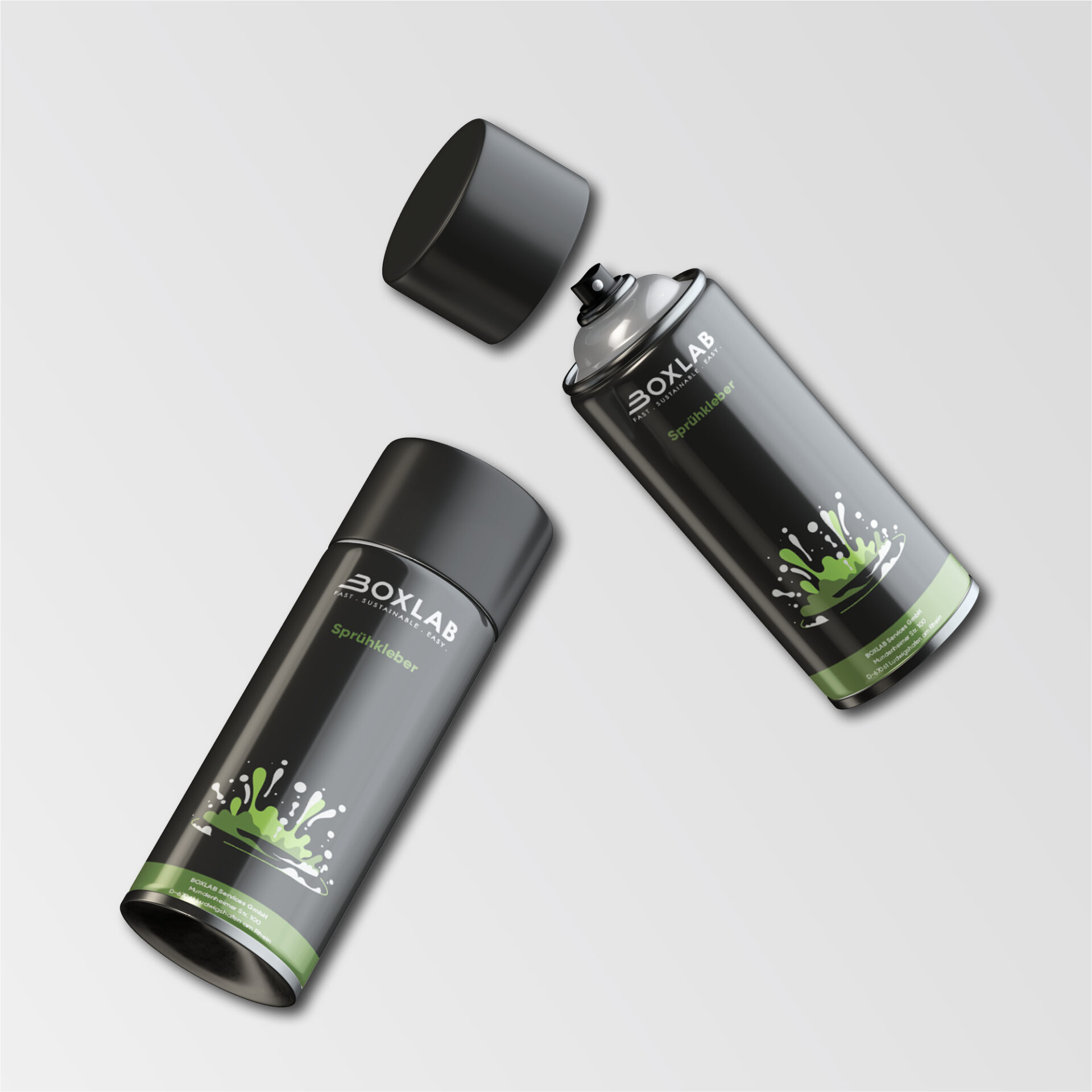
Spray adhesive
Our spray adhesive is the ideal solution for demanding conditions. Whether in rain, snow or difficult surfaces – it ensures reliable adhesion of your labels. Even labels that have already been removed can be easily reattached without compromising security. Developed for professional use, our spray adhesive provides a strong and durable bond. Discover the optimum support for your labeling – even under the toughest conditions!
BOXLAB machine cleaning cloth
Made with a high-quality cotton-polyester blend, ideal for machine cleaning, surface care, and container cleaning – perfectly combined with the BOXLAB BIO Cleaner for optimal results. The BOXLAB Machine Cleaning Cloth (approx. 400x400mm) made from a durable cotton-polyester blend offers outstanding longevity and absorbency for demanding cleaning tasks. With its generous ~ 40 x 40 cm size, it is perfect for cleaning machines, surfaces, and containers. The double hemming prevents fraying and ensures long-lasting durability. When used in combination with the BOXLAB BIO Cleaner, it delivers thorough and effective cleaning, ensuring proper adhesion of hazardous goods labels. Ideal for professional use – in auto workshops, logistics, and preparing labels.
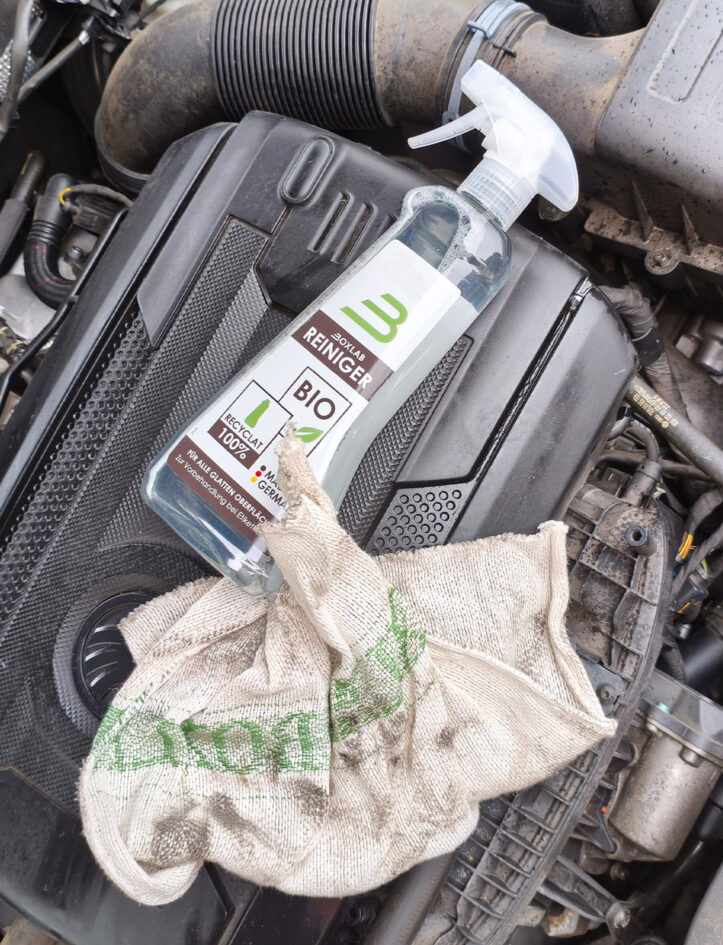
Das Bild zeigt den BOXLAB BIO-Reiniger zusammen mit einem BOXLAB Maschinenputztuch im Motorraum eines Fahrzeugs. Das Tuch liegt auf einer verschmutzten Oberfläche und verdeutlicht die effektive Reinigung von öligen und schmutzigen Bereichen. Durch die Kombination aus hochwertigem Maschinenputztuch und dem BOXLAB BIO-Reiniger lassen sich Motorraum und andere schwierige Oberflächen schnell und gründlich säubern, um eine ideale Grundlage für Etikettierungen oder weitere Reinigungsprozesse zu schaffen.
We are always there for you personally.
When it comes to hazardous goods, there is no room for compromise. Rely on quality, practical solutions and expert knowledge – for maximum safety and 100% compliance.
FAQ - Frequently asked questions about the labeling of special dangerous goods
What is meant by “special dangerous goods”?
“Special dangerous goods” generally include materials such as lithium batteries, radioactive substances, explosives and environmentally hazardous chemicals, which have particularly high safety requirements for transportation and storage due to their properties.
Why is correct labeling so important?
Correct labelling not only ensures compliance with legal regulations, but also minimizes risks to people and the environment. It ensures safety in the handling and transportation of hazardous substances.
What distinguishes BOXLAB hazardous goods labels?
Our labels are seawater-resistant, weatherproof and offer a high degree of flexibility so that they also adhere well to curved surfaces. They meet the highest standards of international dangerous goods regulations and guarantee maximum safety.
What classes of dangerous goods are there?
Dangerous goods are classified into various classes, each with specific requirements for labeling, packaging, and transport:
- Class 1 – Explosive Substances and Articles
- Class 2 – Gases
- Flammable Gases (2.1)
- Non-Flammable Gases (2.2)
- Toxic Gases (2.3)
- Class 3 – Flammable Liquids
- Class 4 – Flammable Solids
- Flammable Solids (4.1)
- Self-Reactive Substances (4.2)
- Substances which, in contact with water, emit flammable gases (4.3)
- Class 5 – Oxidizing Substances and Organic Peroxides
- Oxidizing Substances (5.1)
- Organic Peroxides (5.2)
- Class 6 – Toxic and Infectious Substances
- Toxic Substances (6.1)
- Infectious Substances (6.2)
- Class 7 – Radioactive Materials
- Class 8 – Corrosive Substances
- Class 9 – Miscellaneous Dangerous Goods
- Environmentally Hazardous Substances and other dangerous goods not classified under other classes.
These include environmentally hazardous substances and other dangerous goods that do not fall under other classes.
Each of these classes requires precise and compliant labeling, which varies depending on the transport mode and type of dangerous goods.
How does BOXLAB Services guarantee the quality of the labels?
Our labels are regularly updated in accordance with the latest regulations, including:
- ADR (European Agreement concerning the International Carriage of Dangerous Goods by Road)
- IATA (International Air Transport Association) for air transport
- IMDG (International Maritime Dangerous Goods Code) for sea transport
- RID (Regulations concerning the International Carriage of Dangerous Goods by Rail)
By strictly adhering to these regulations, we ensure that our labels comply with all legal requirements and are suitable for the transport of dangerous goods across all modes of transportation. They are made from a special weather-resistant material that offers excellent adhesion and durability even under extreme conditions.


